
Window Cleaning Tips
Dirty windows can reduce natural light, obstruct your views, and introduce allergens into your home. Cleaning your windows seasonally is important. SoftLite Windows and Doors
SoftLite Windows & Doors has achieved the elite ENERGY STAR Partner of the Year recognition from the EPA every year since 2014 and has earned the Sustained Excellence award annually since 2016. SoftLite windows with high-performance glass qualify for the ENERGY STAR label. This affirms that SoftLite is dedicated to helping protect the environment, save money, and lower energy bills. Read our ENERGY STAR winner profile.
ENERGY STAR is a program run by the United States Department of Energy and Environmental Protection Agency that helps individuals and businesses protect the environment through greater energy efficiency. The ENERGY STAR label can be affixed only to windows and doors that meet specific U-Factor and shading coefficient ratings for one or more regions of the U.S. These ratings are achieved through independent testing done to NFRC* standards. The ratings of one window will differ from another because of variables such as the glass used, style and product design. SoftLite ENERGY STAR windows have consistently achieved some of the highest NFRC ratings in the industry.
Learn more about the ENERGY STAR program here or on www.energystar.gov.
*National Fenestration Rating Council, a federal program created to establish standardized testing procedures and ratings of window and door products.
Effective October 23, 2023
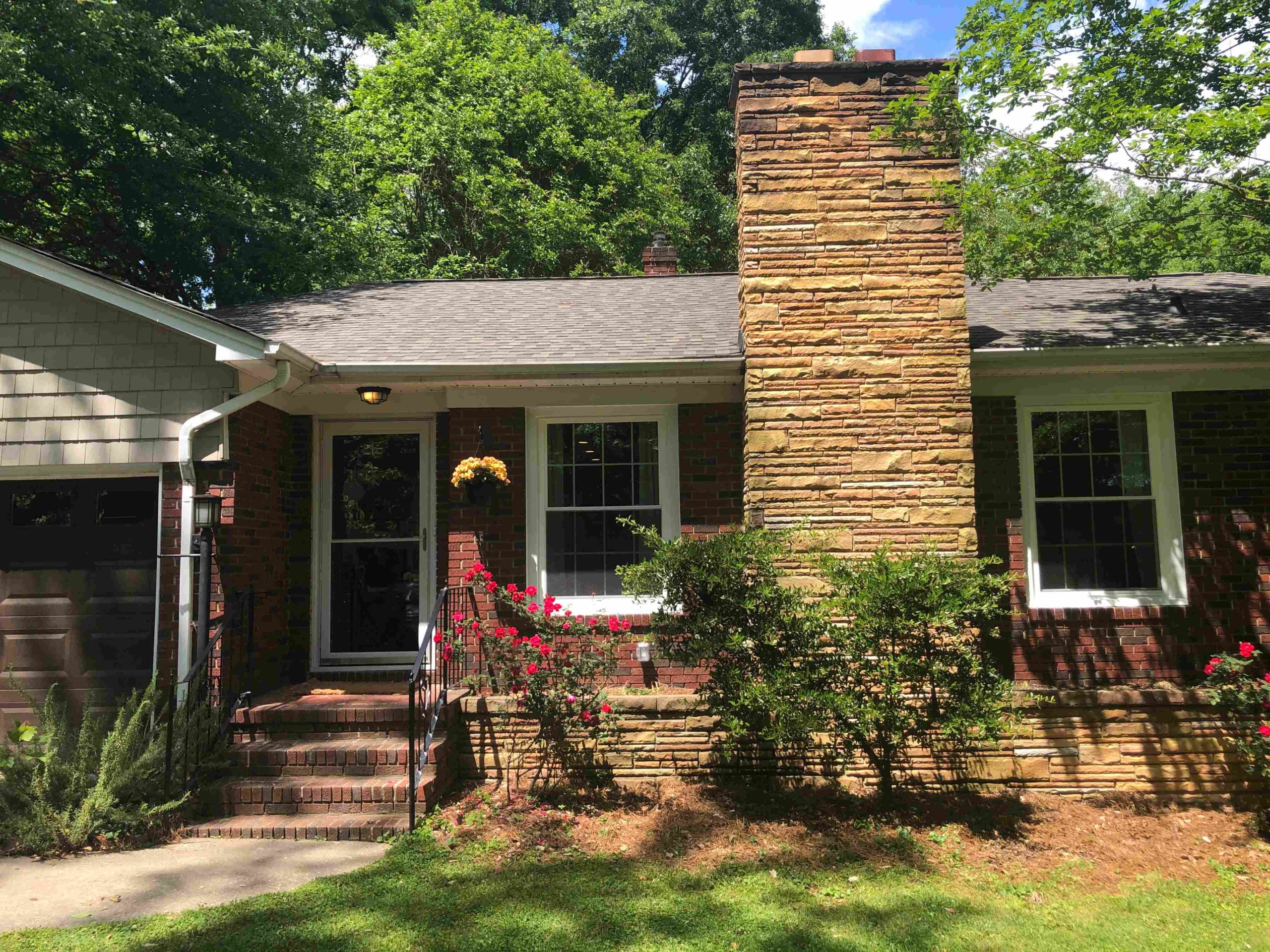
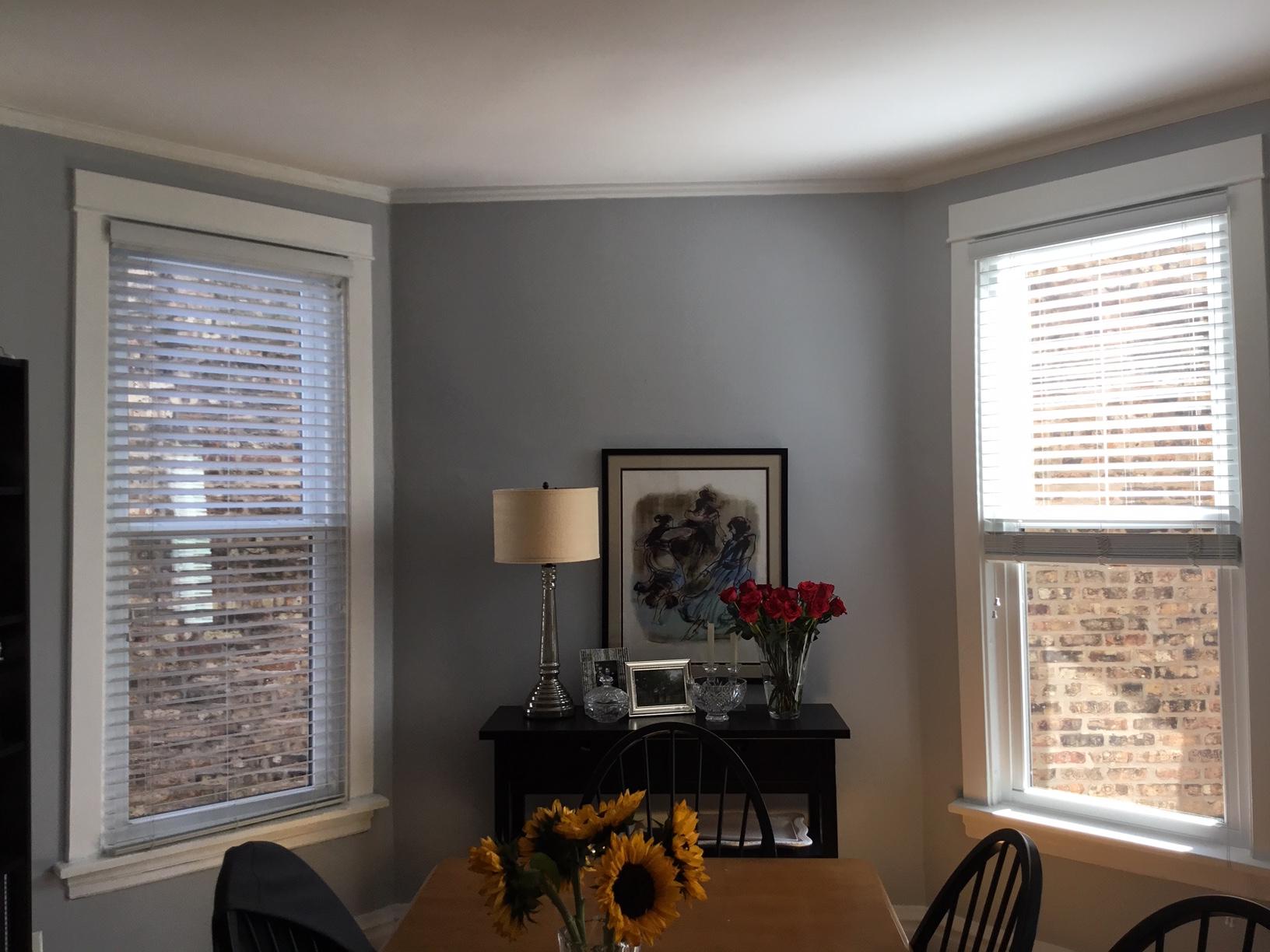
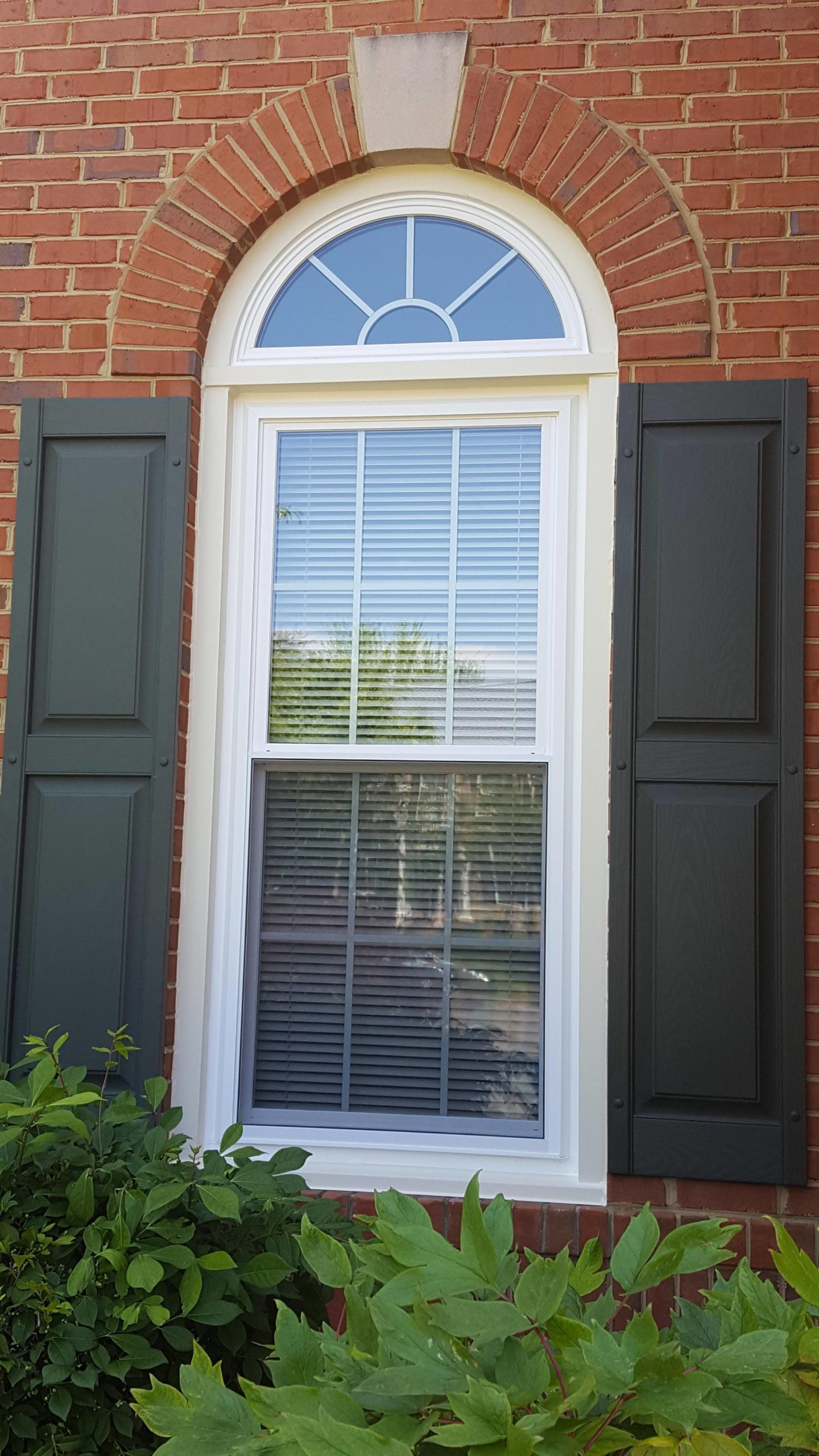
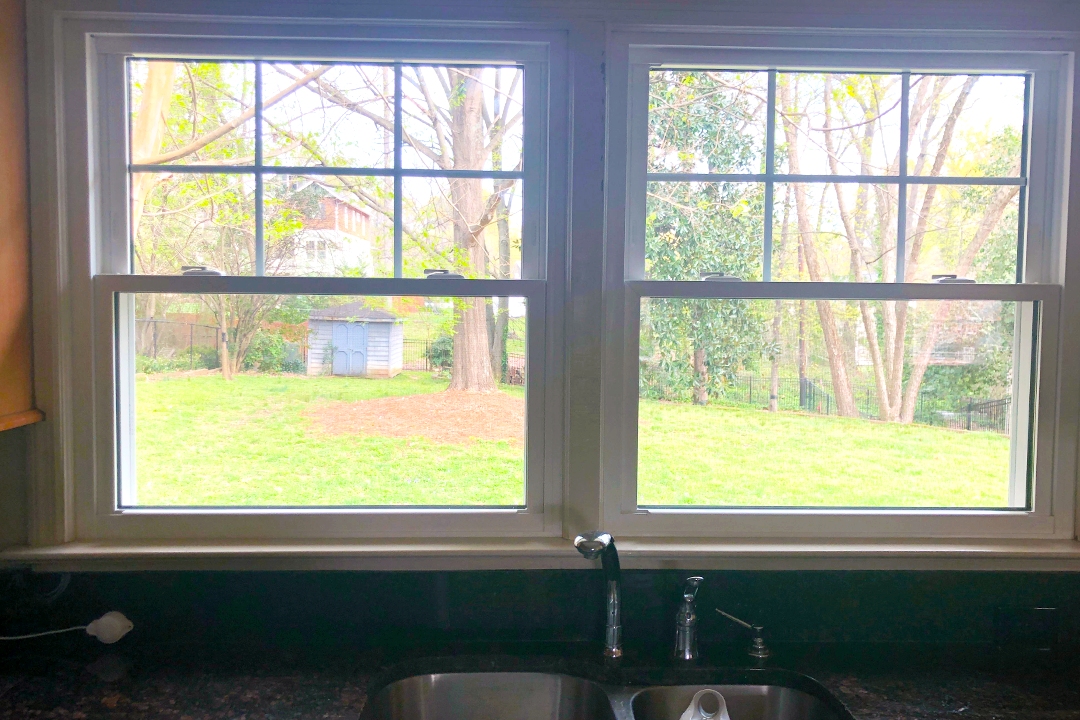
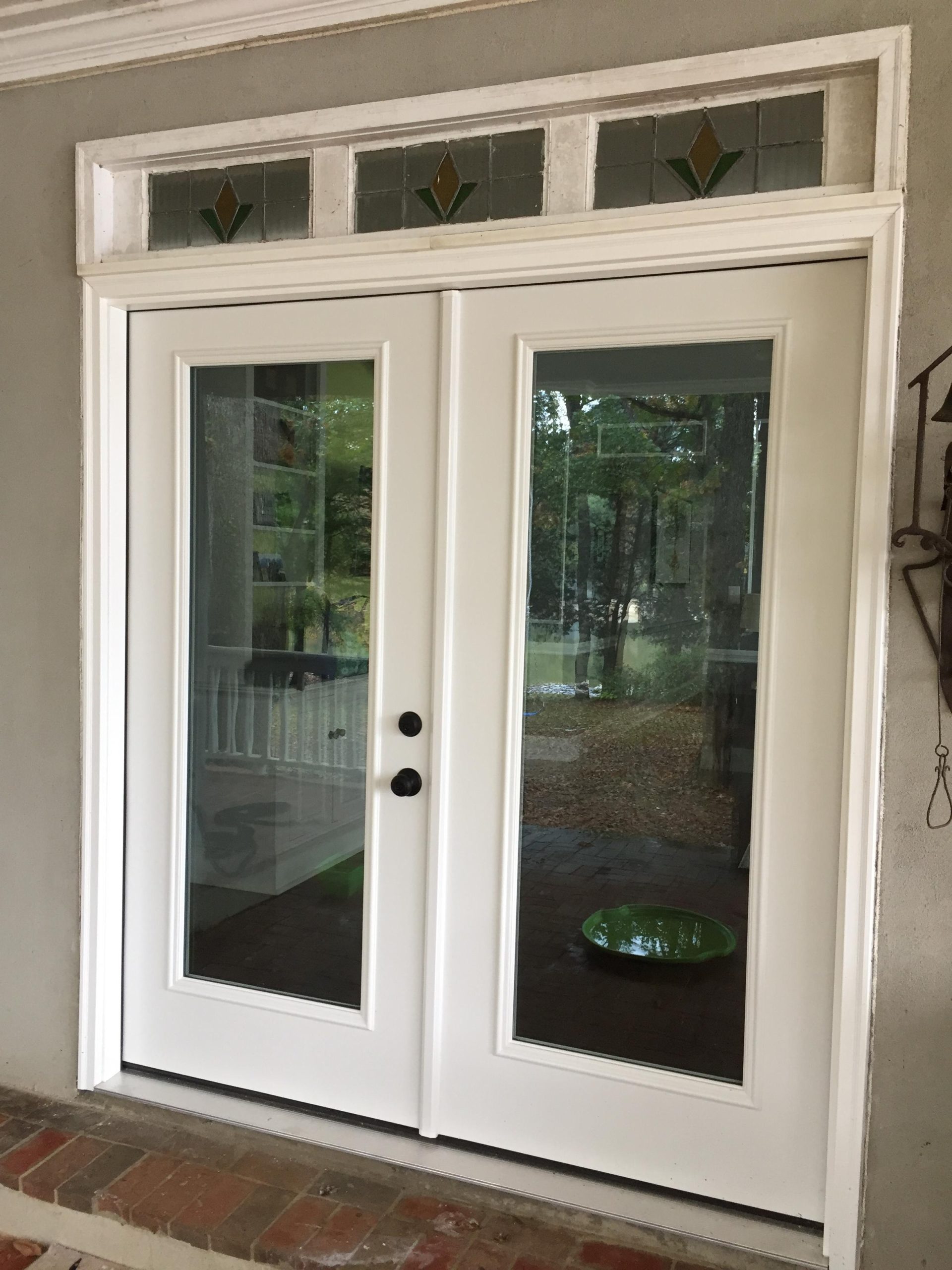
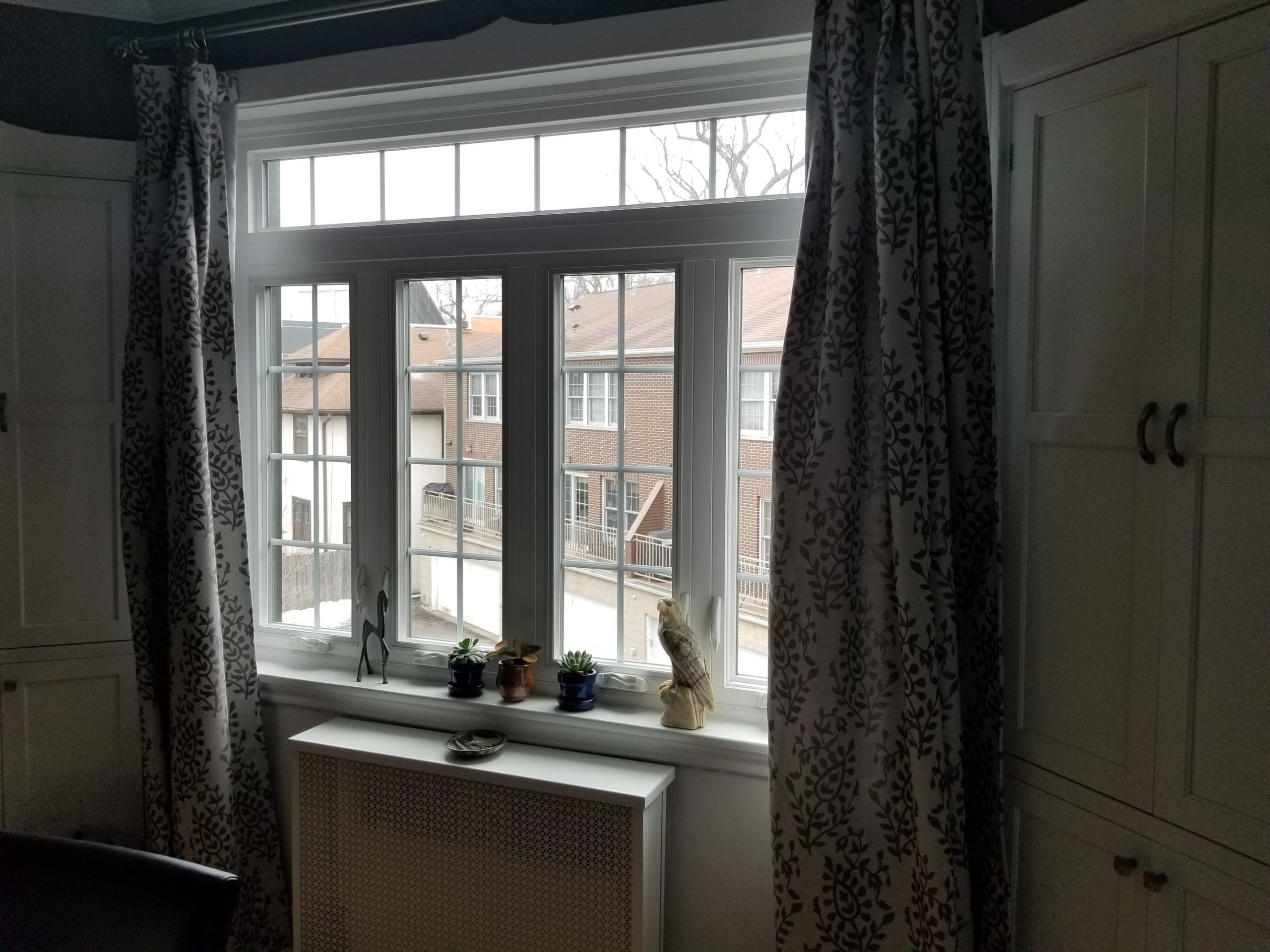
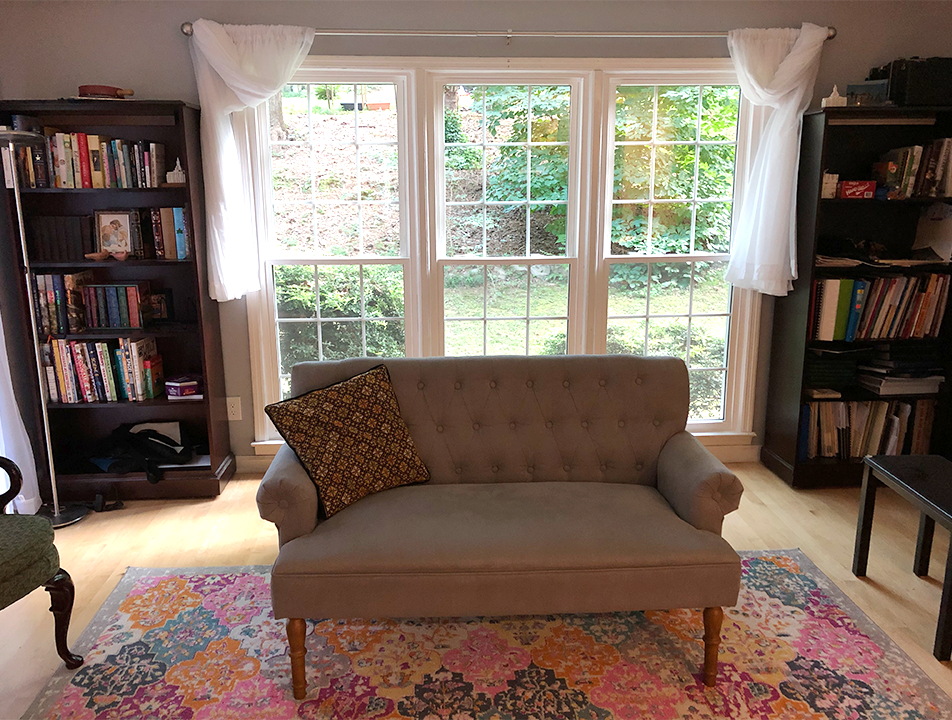
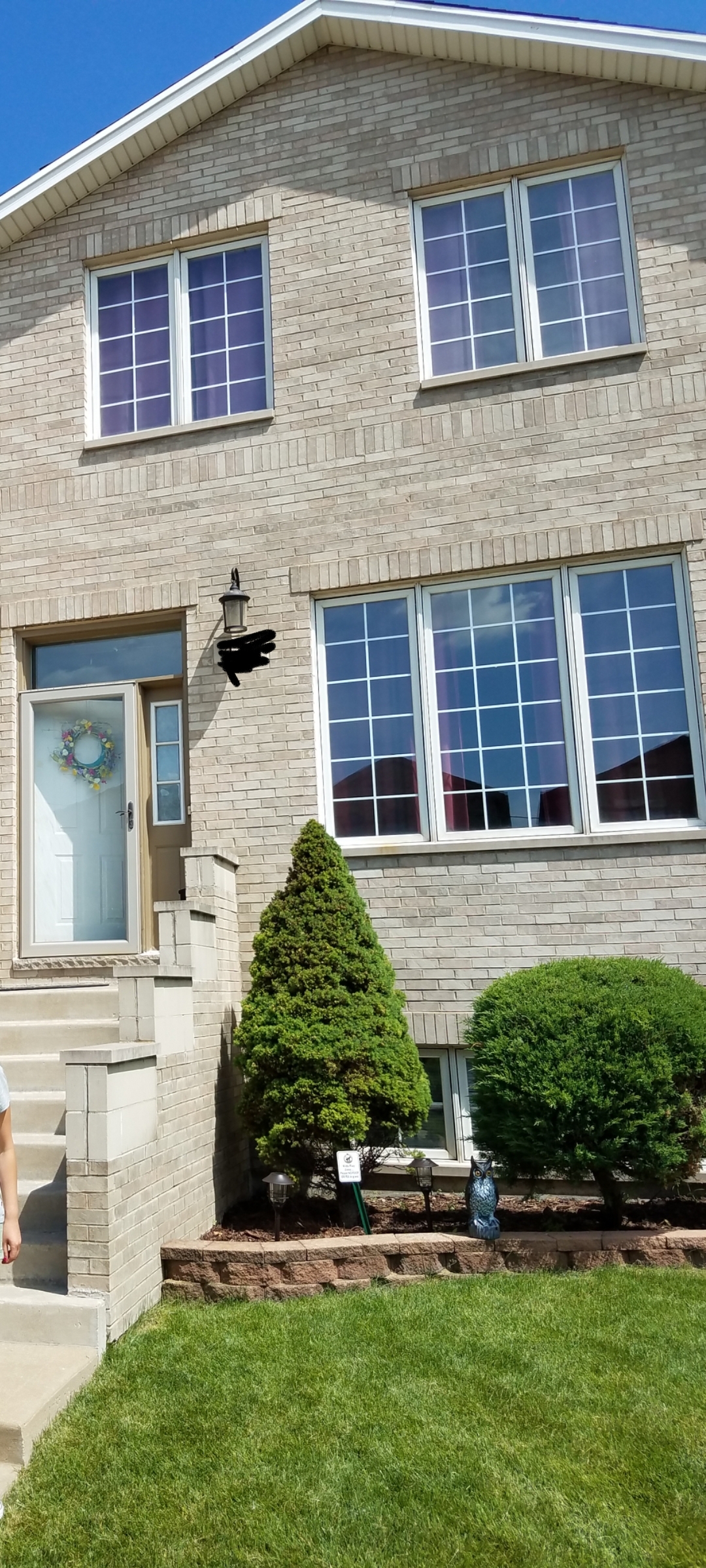
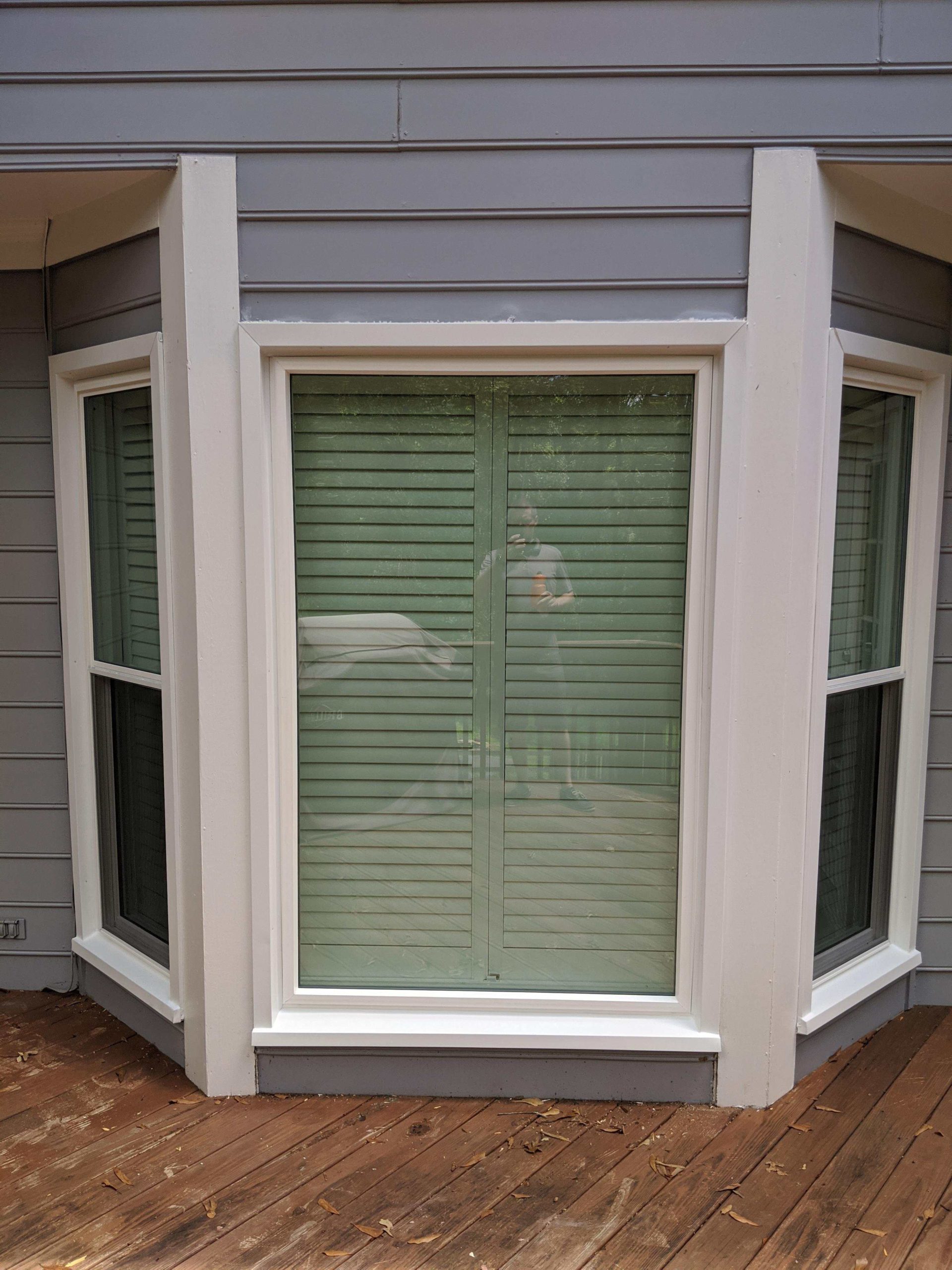
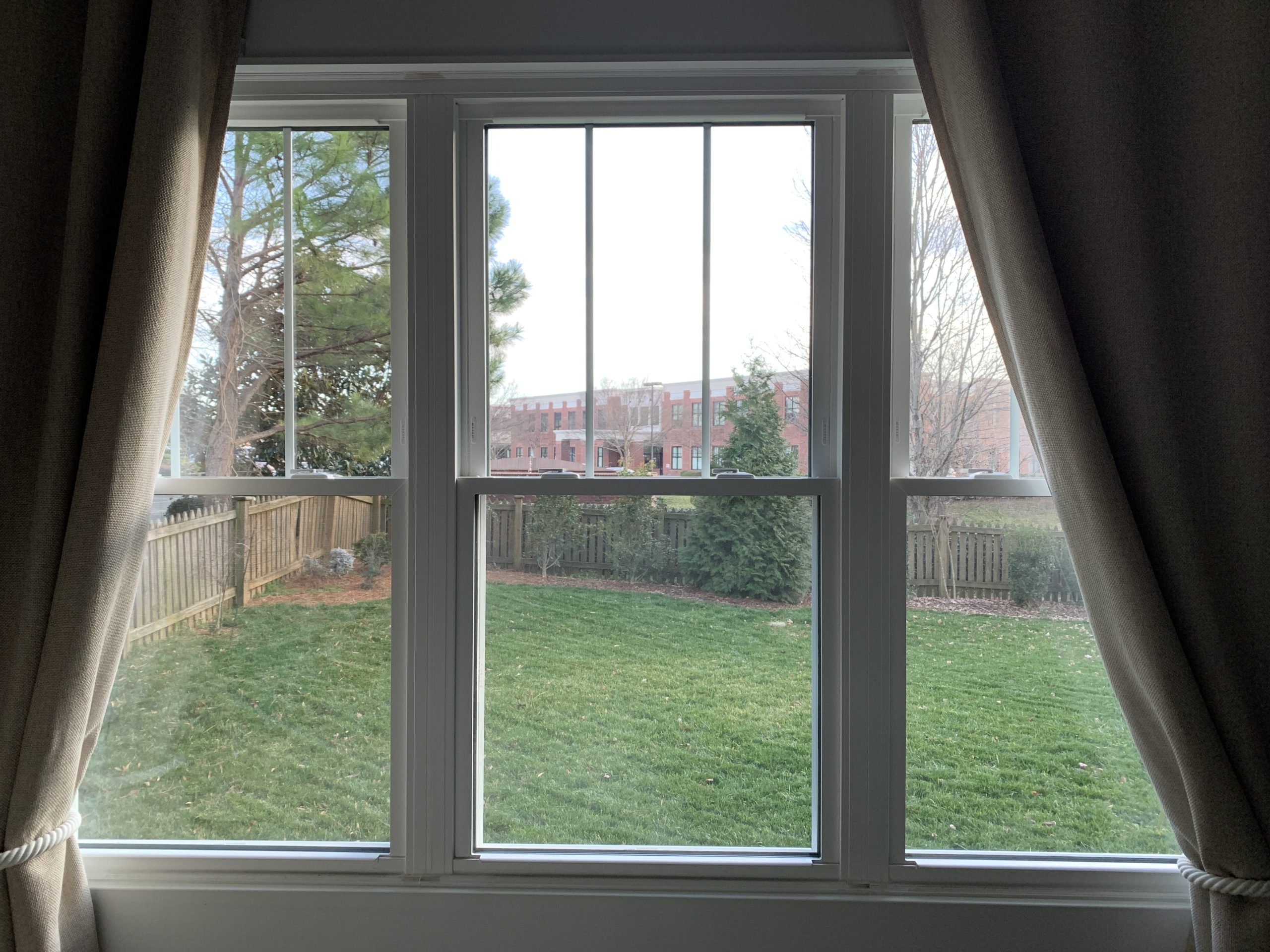
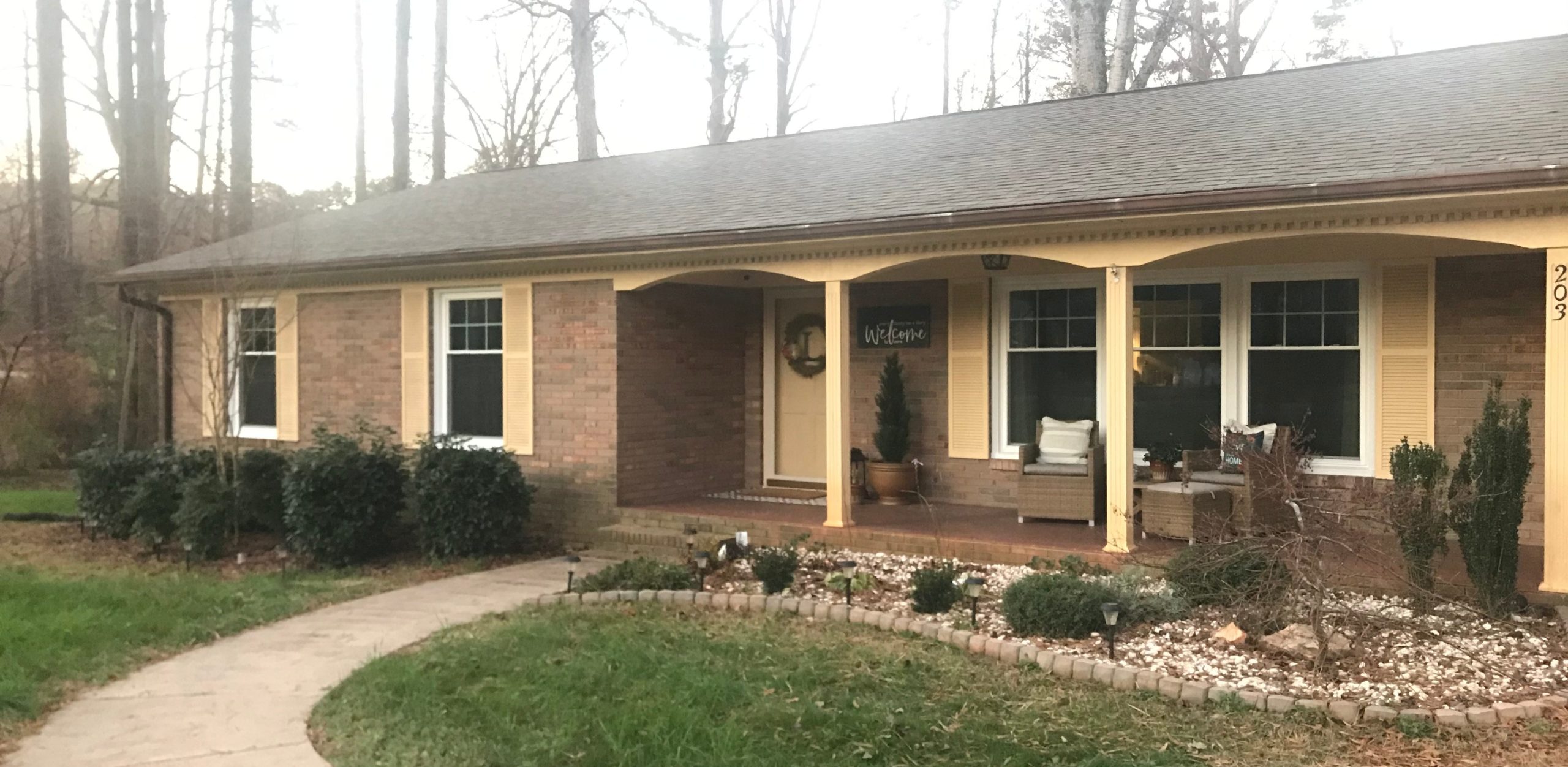
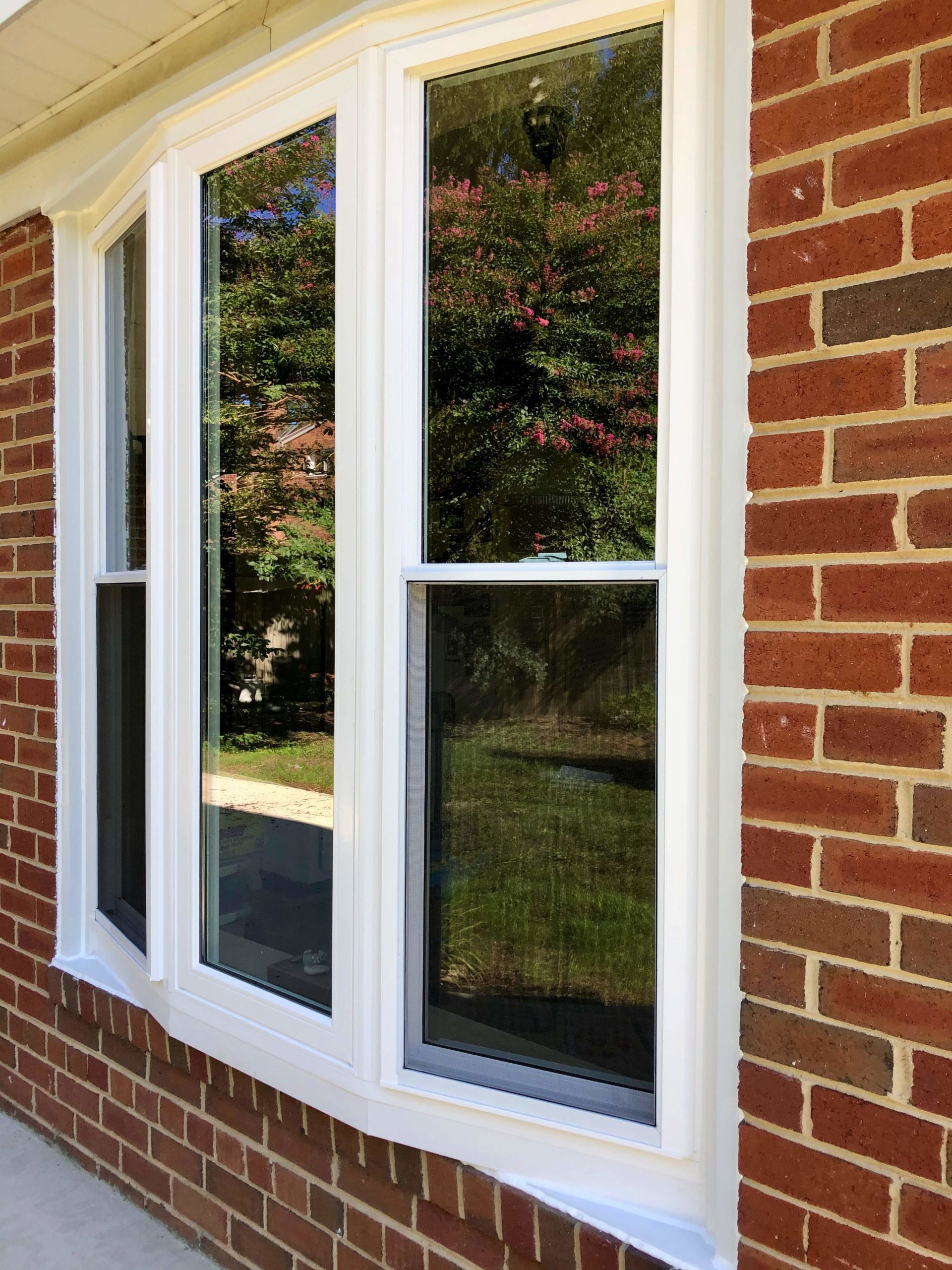
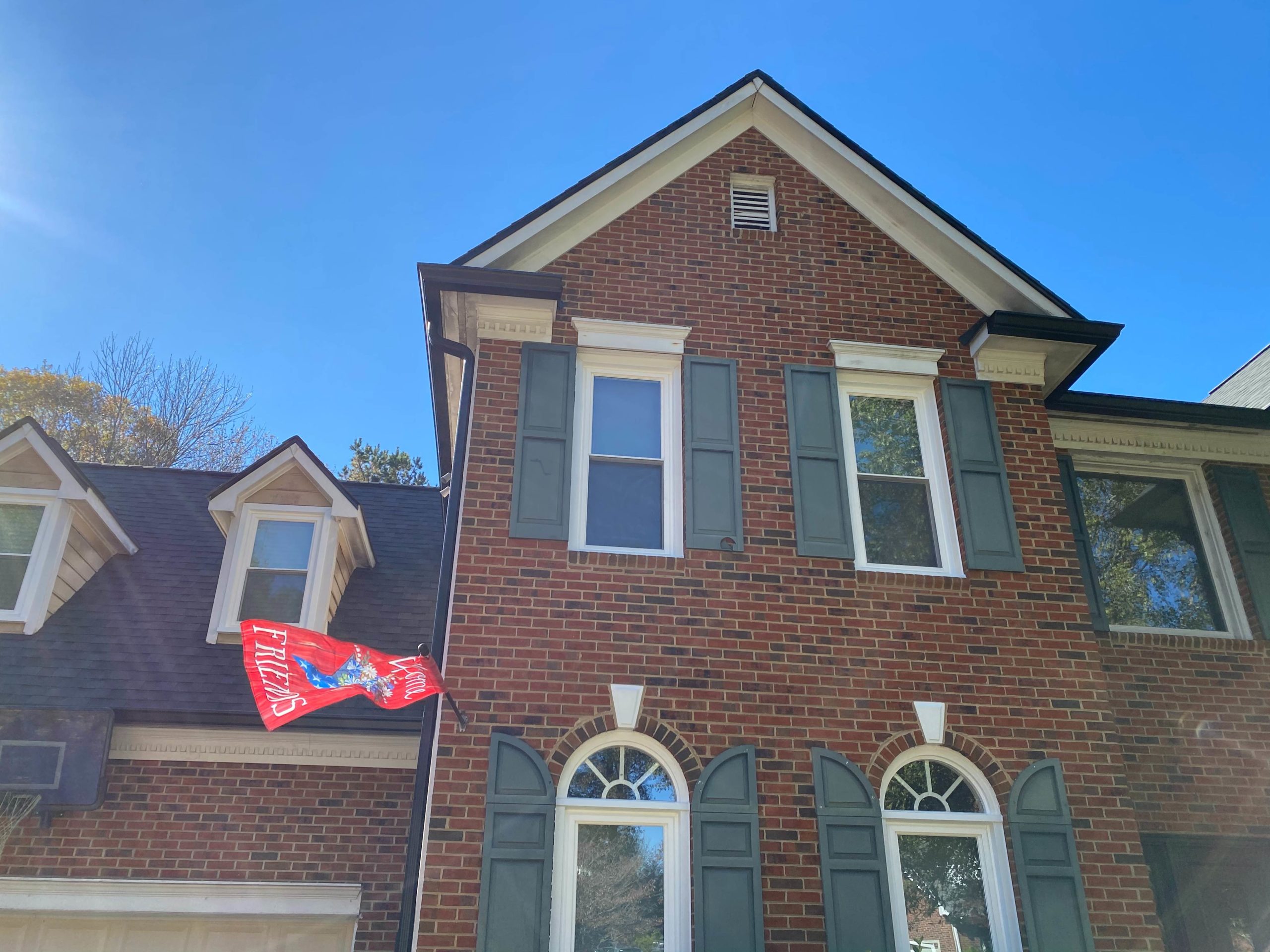
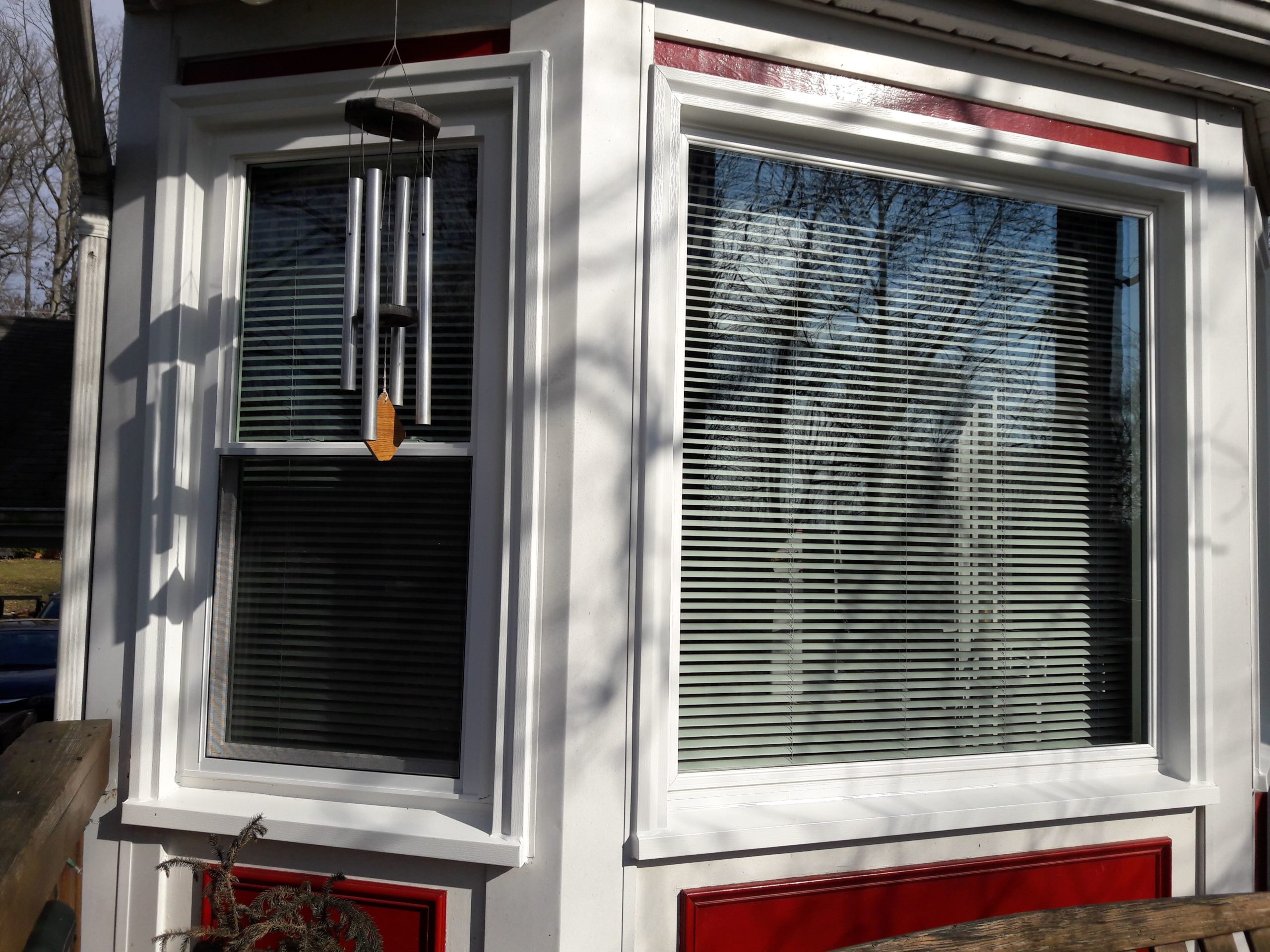
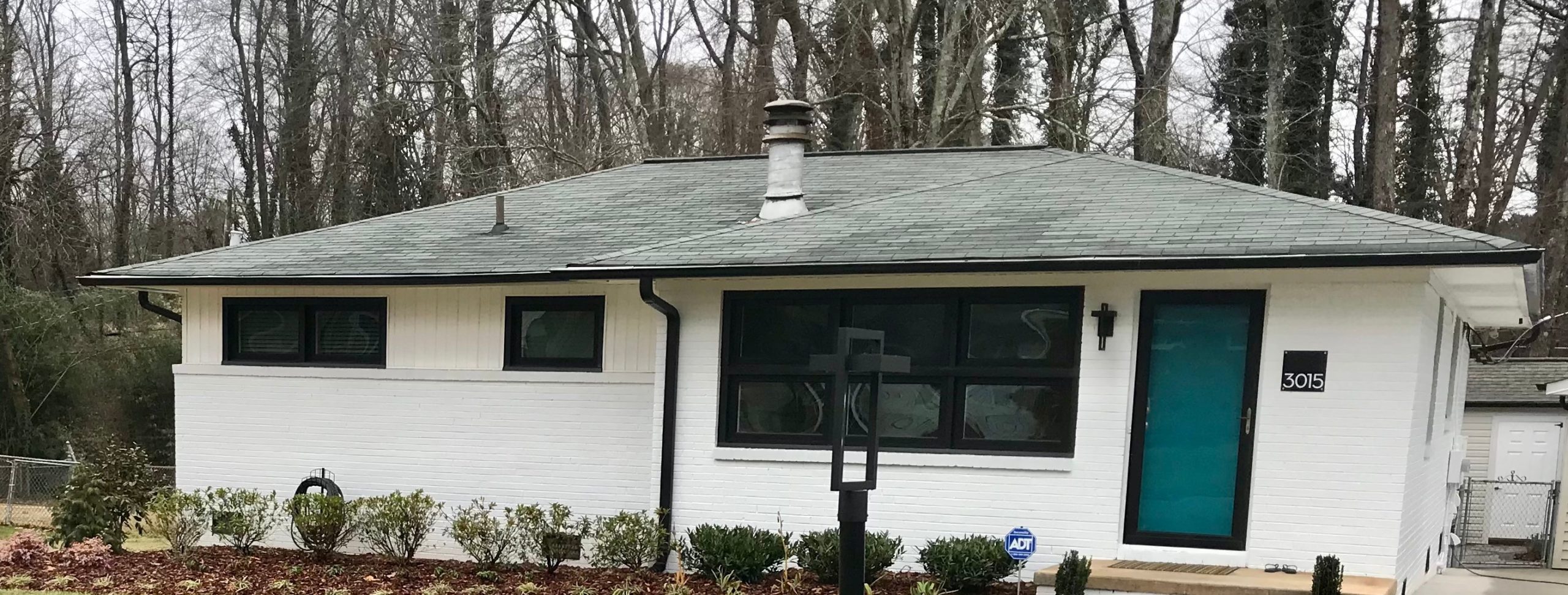

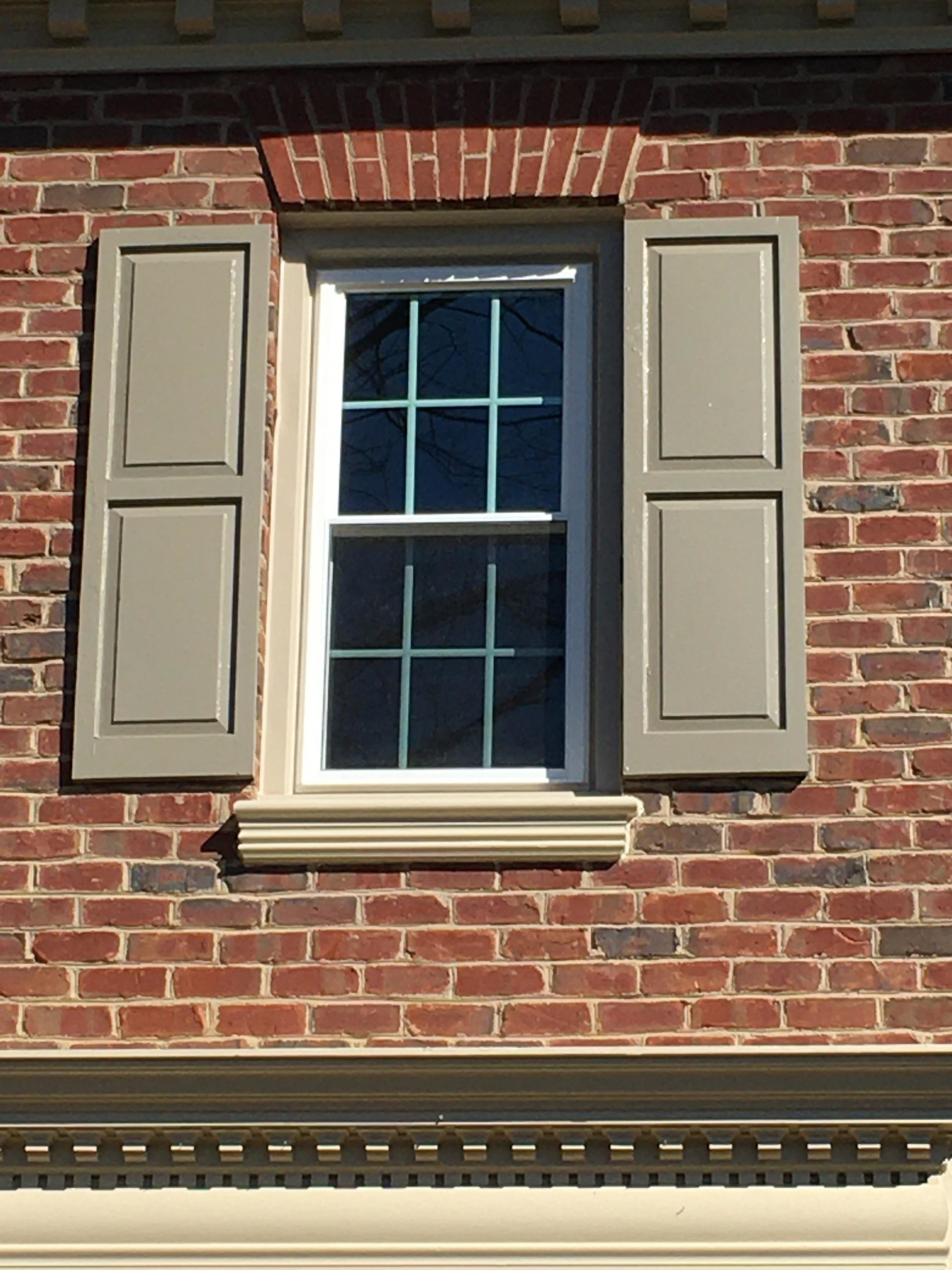
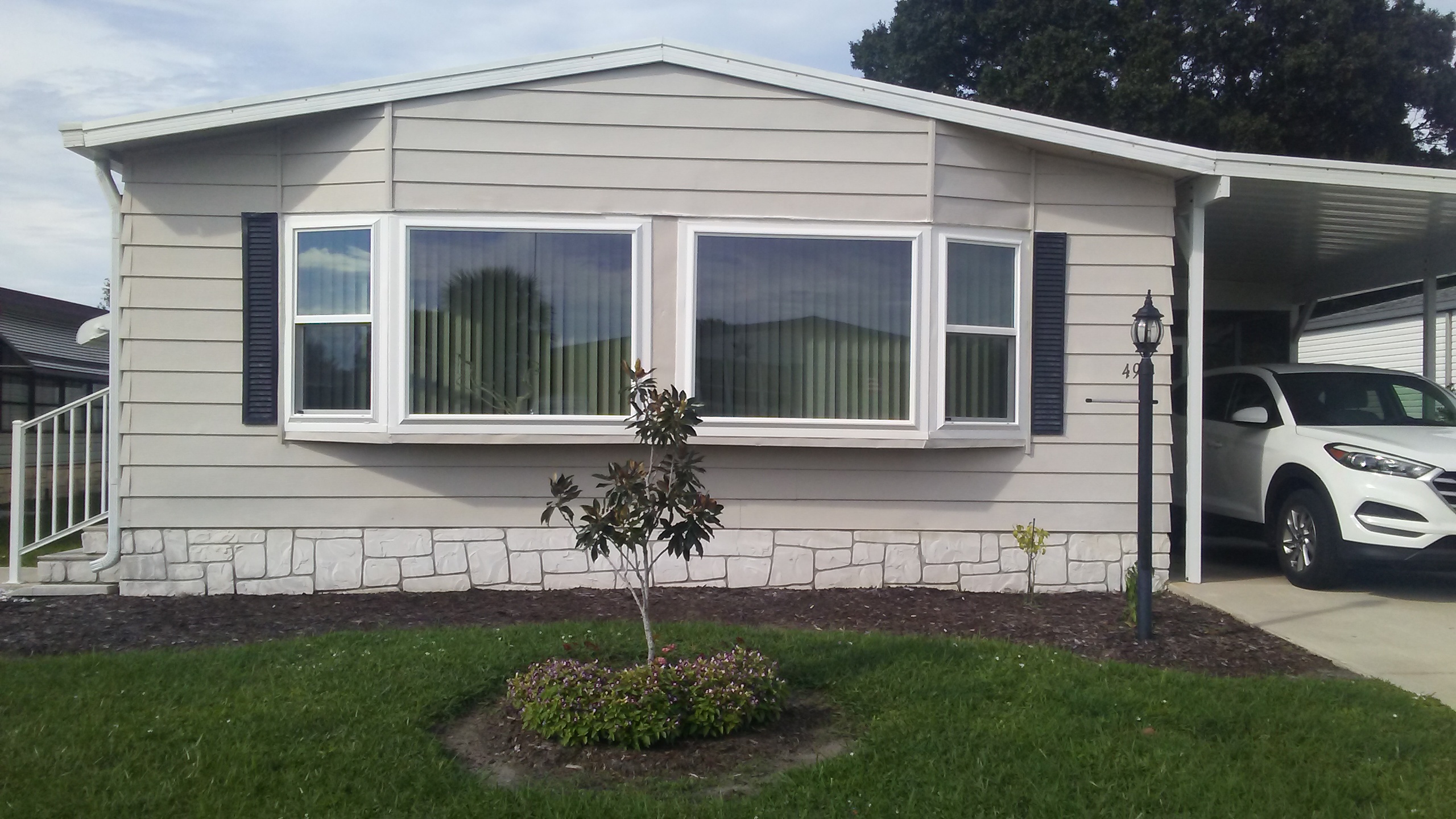
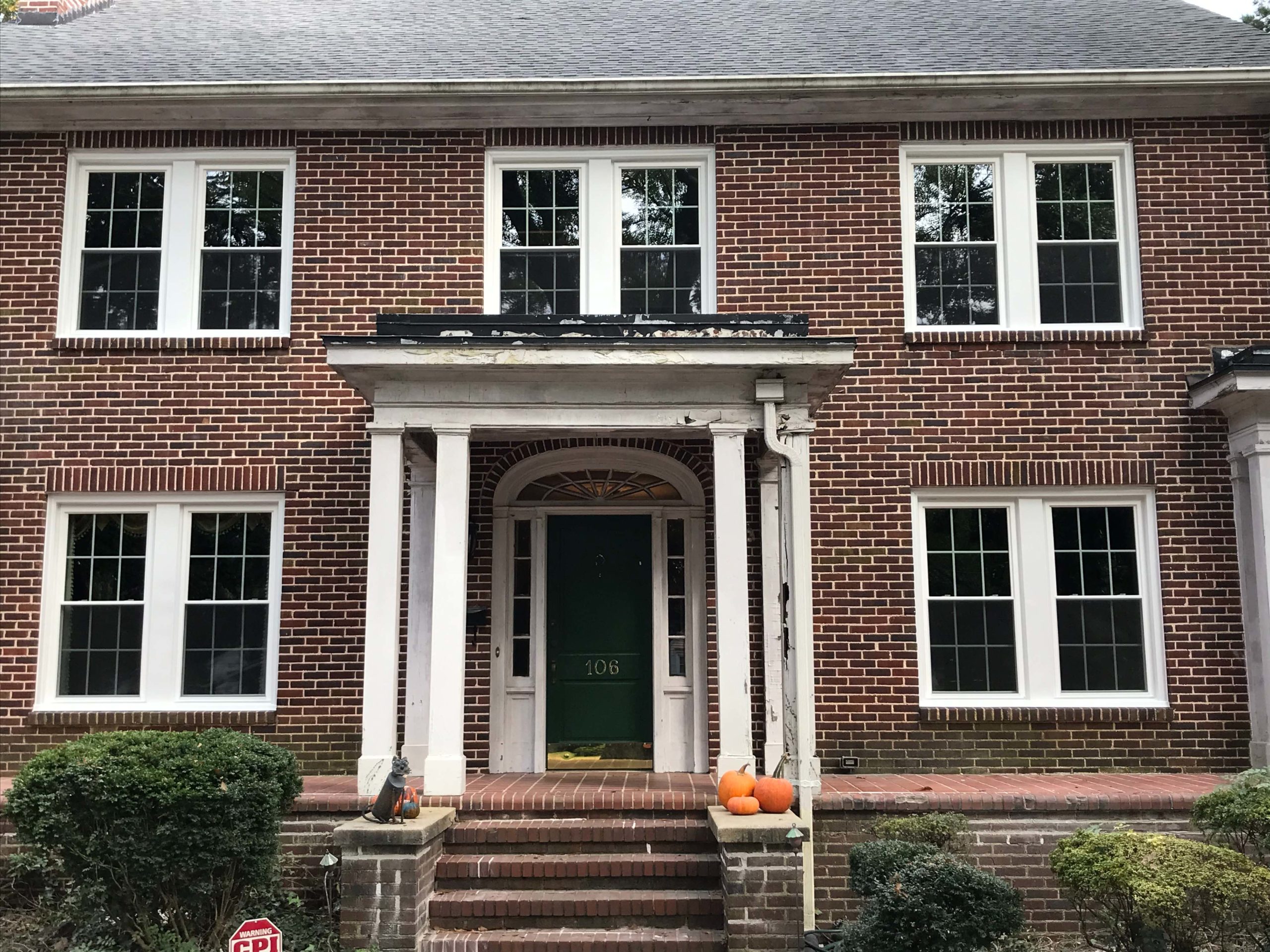
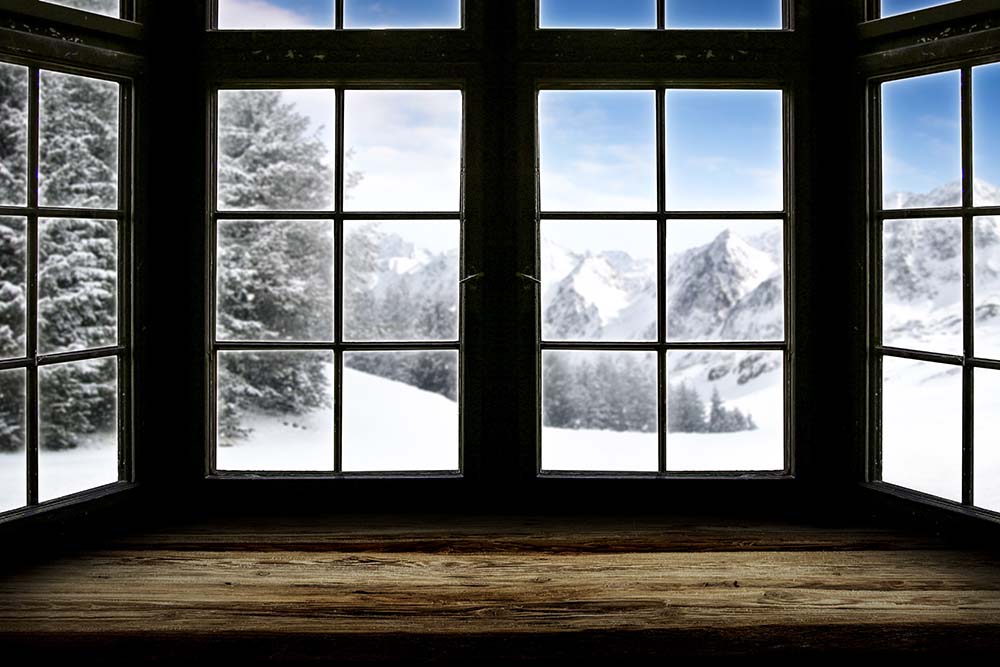


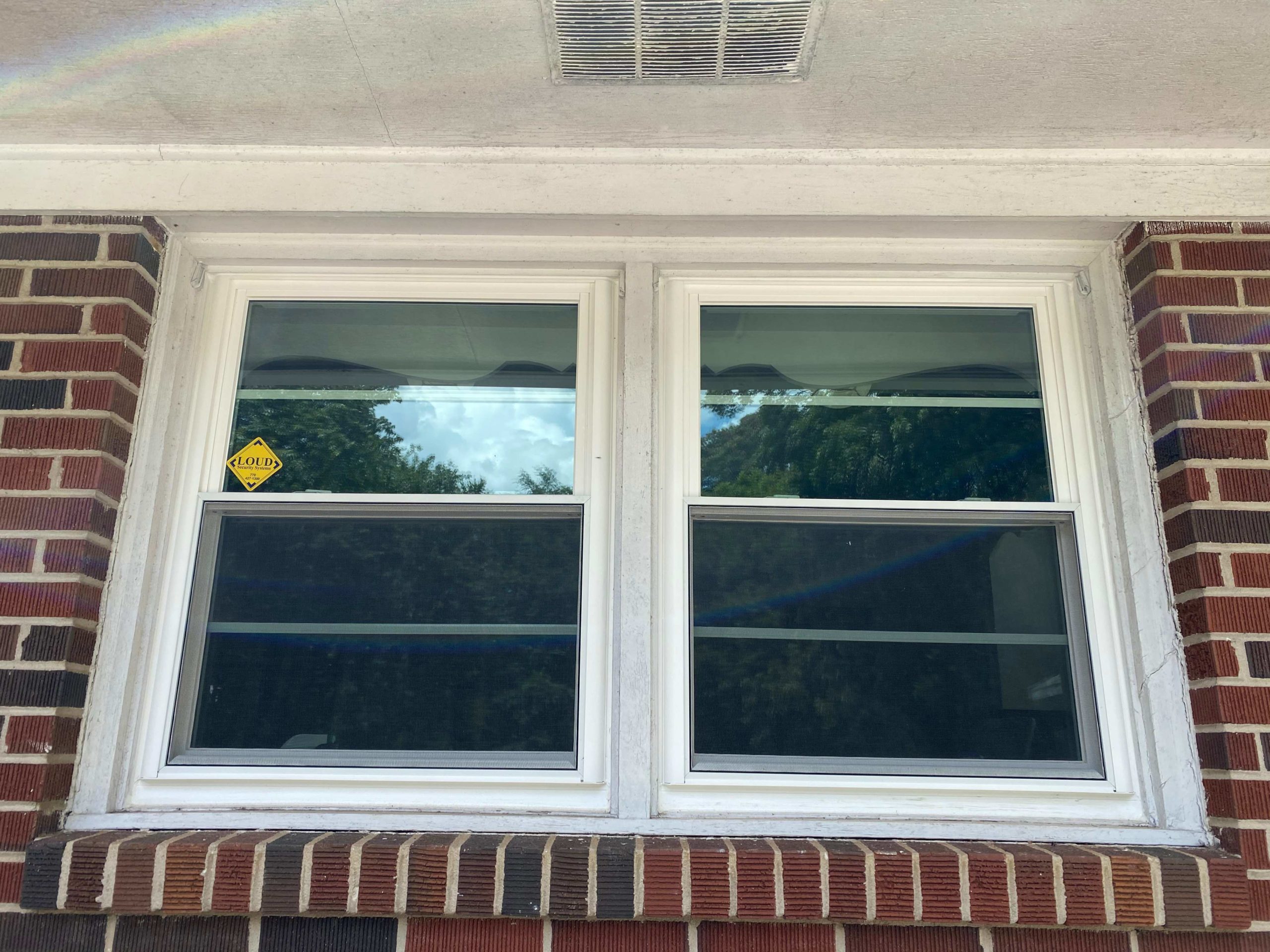
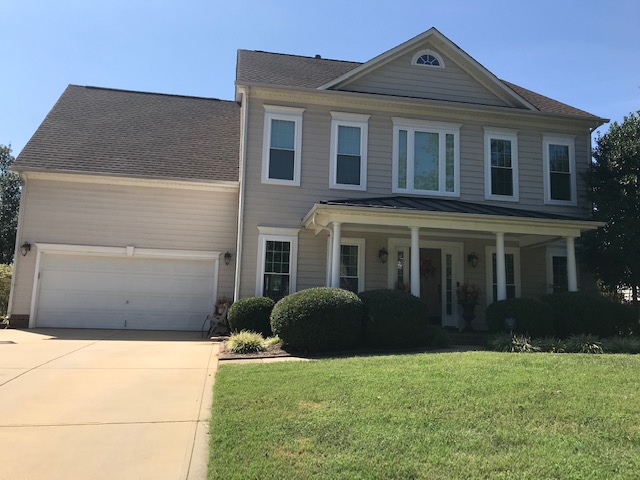
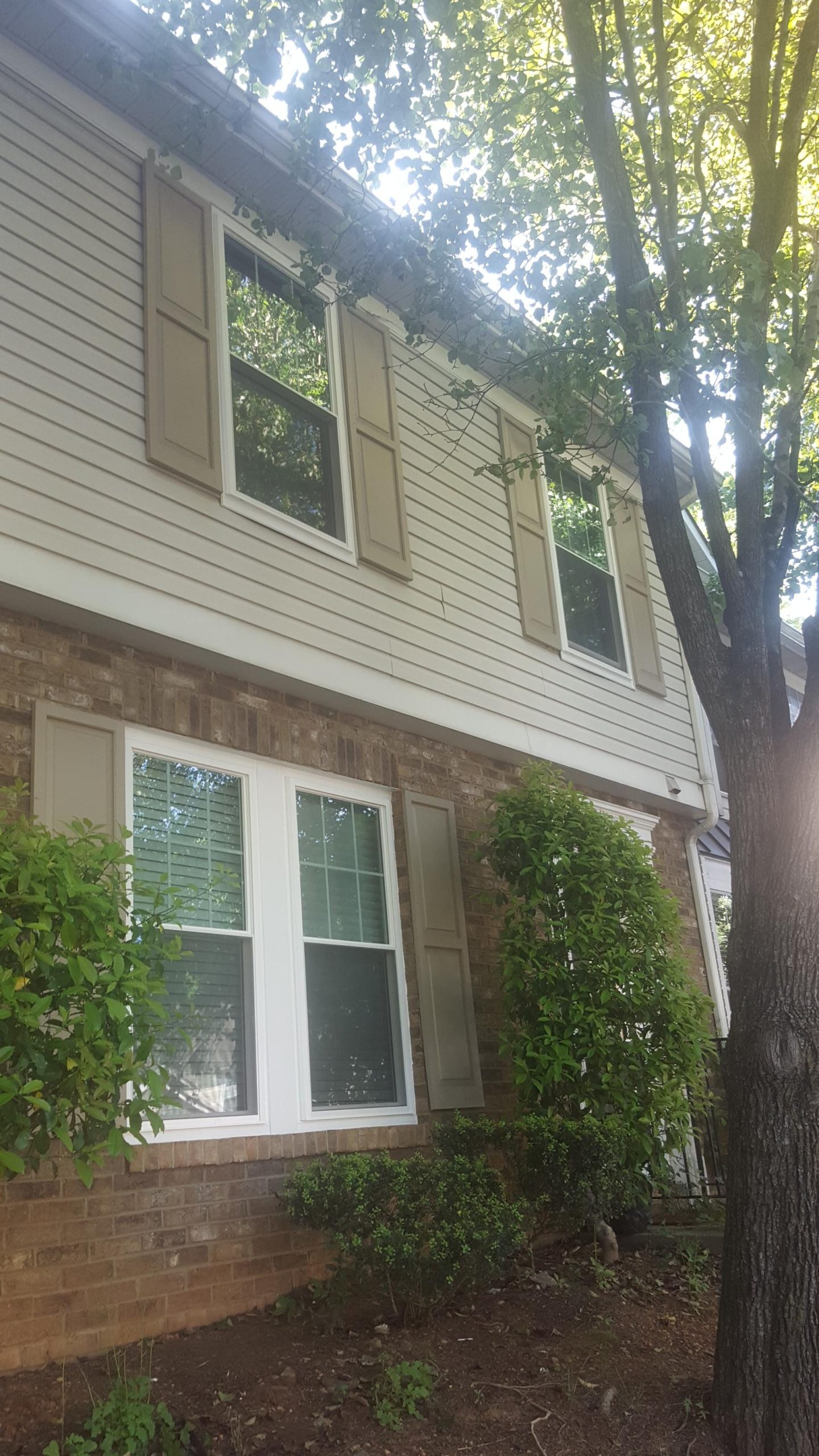
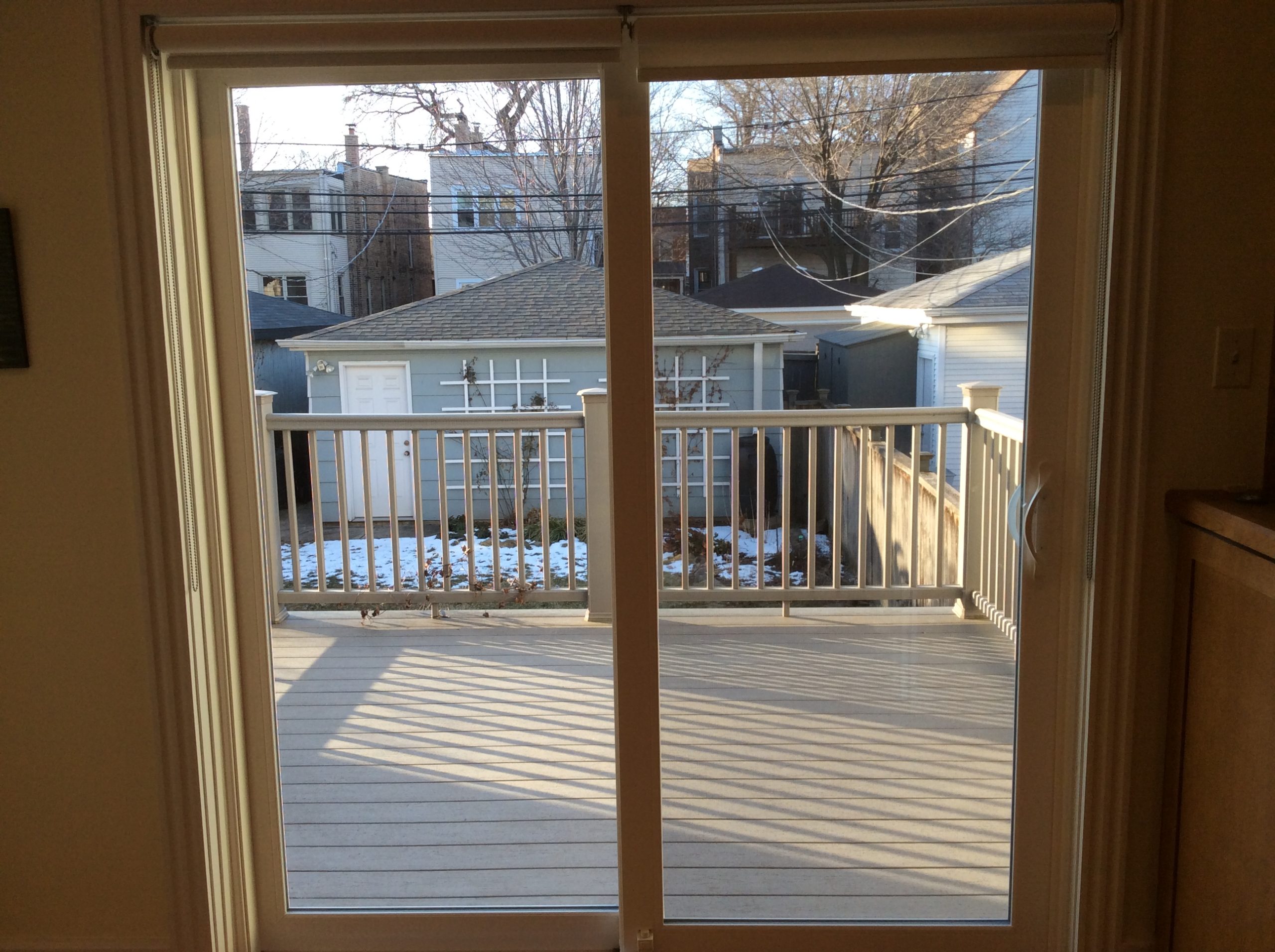
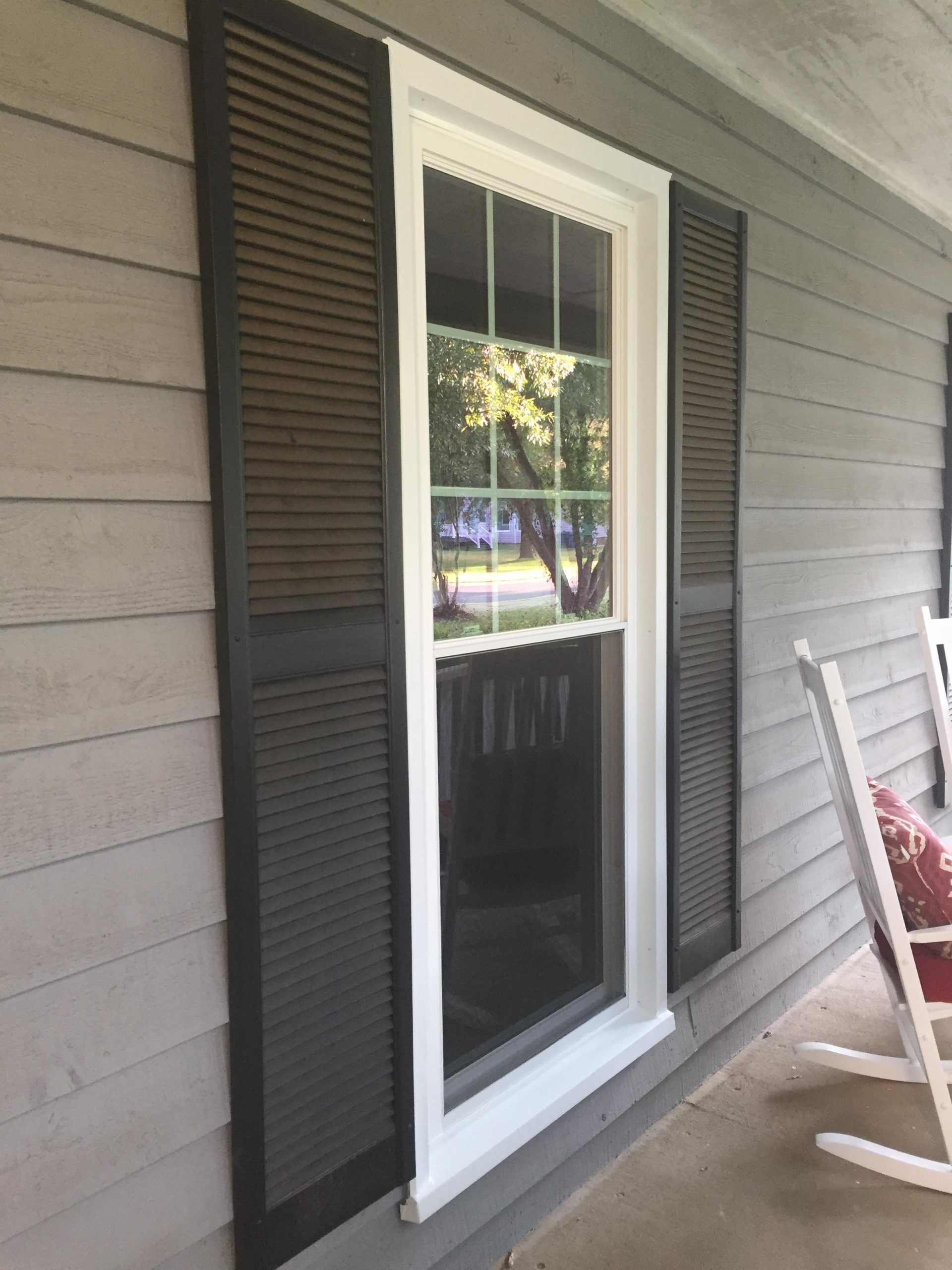
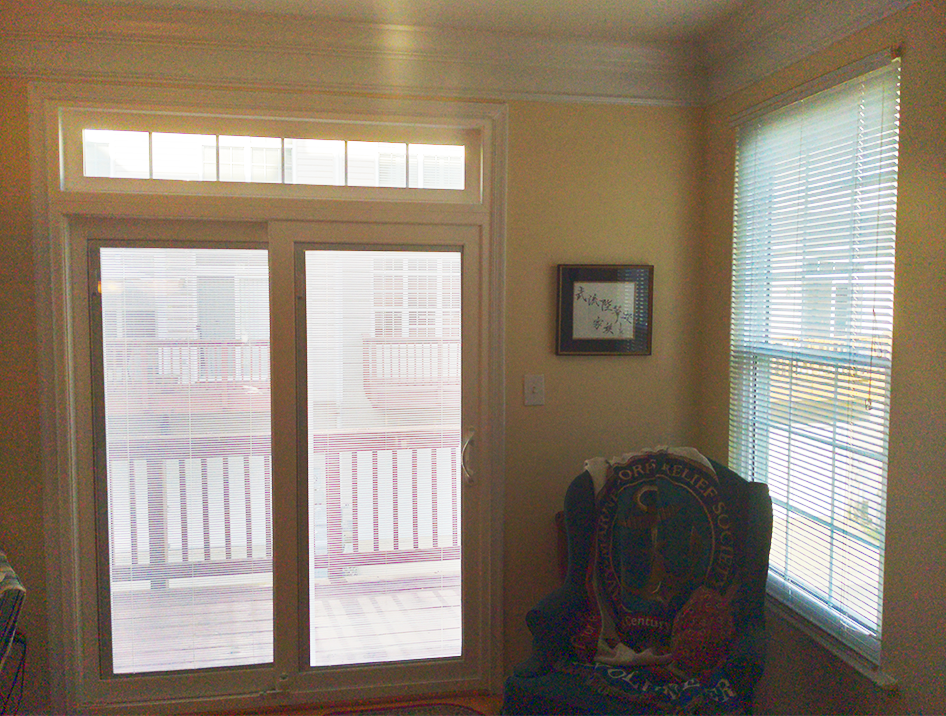
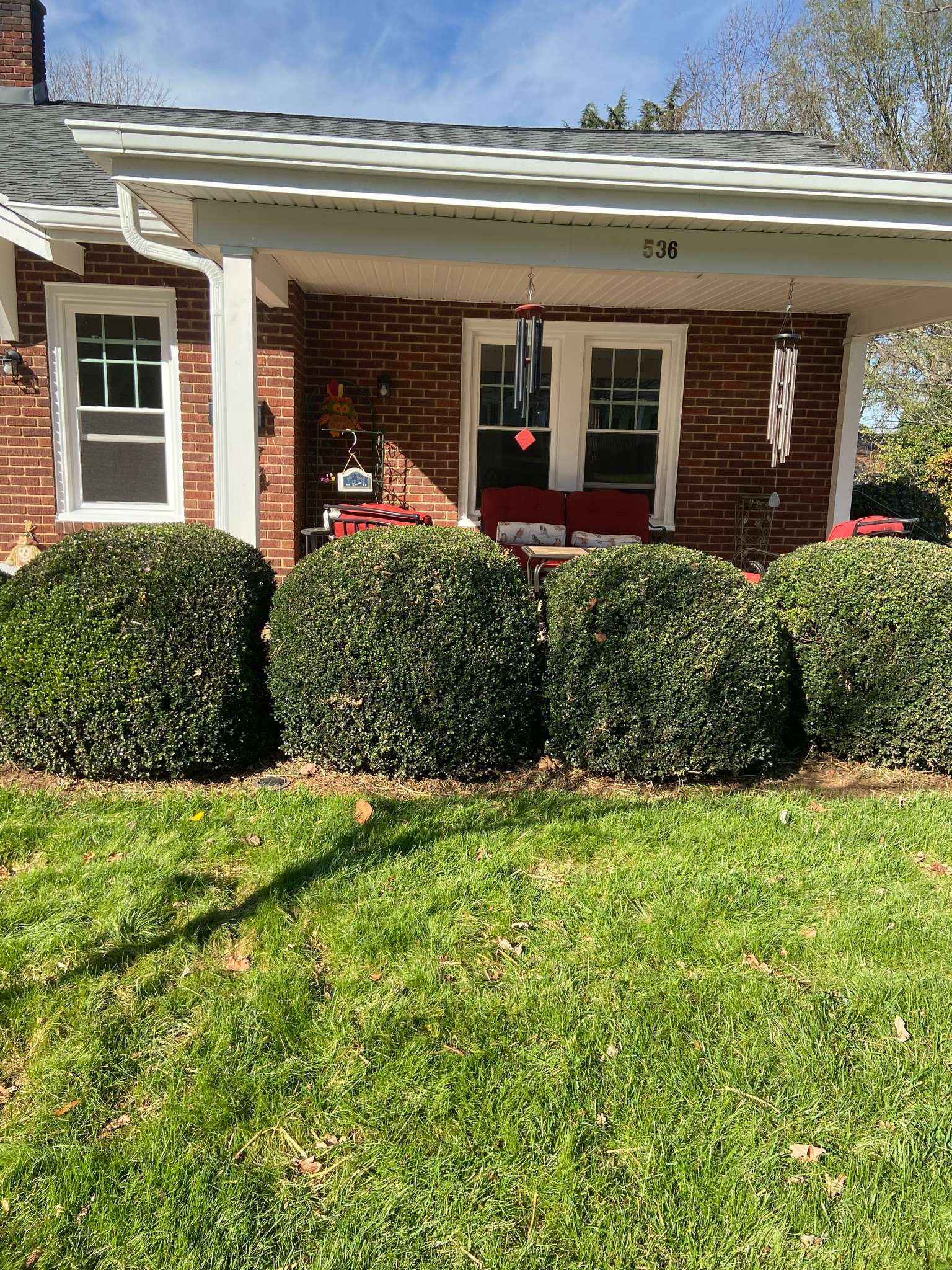

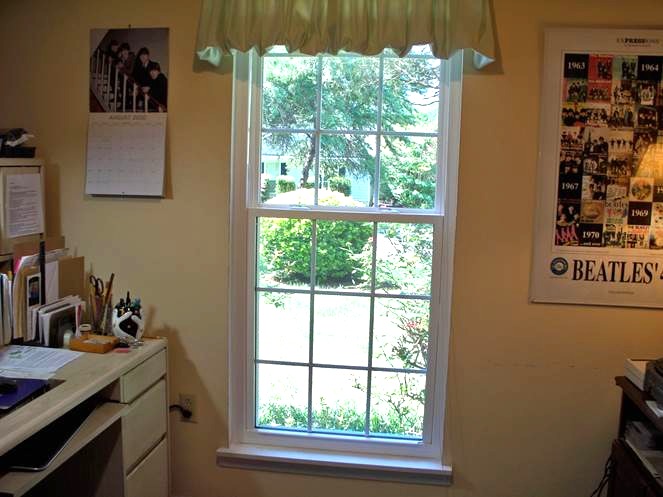

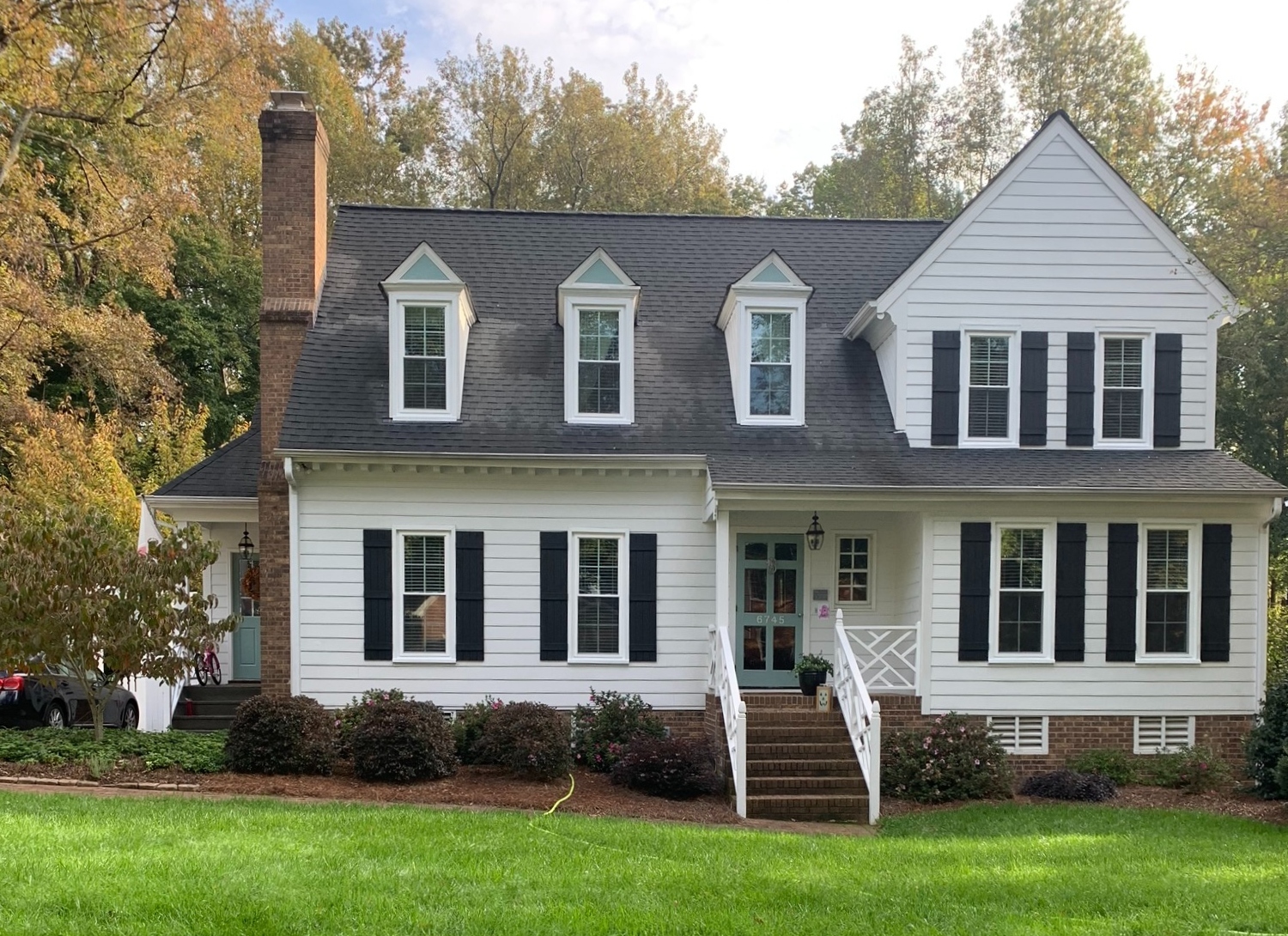
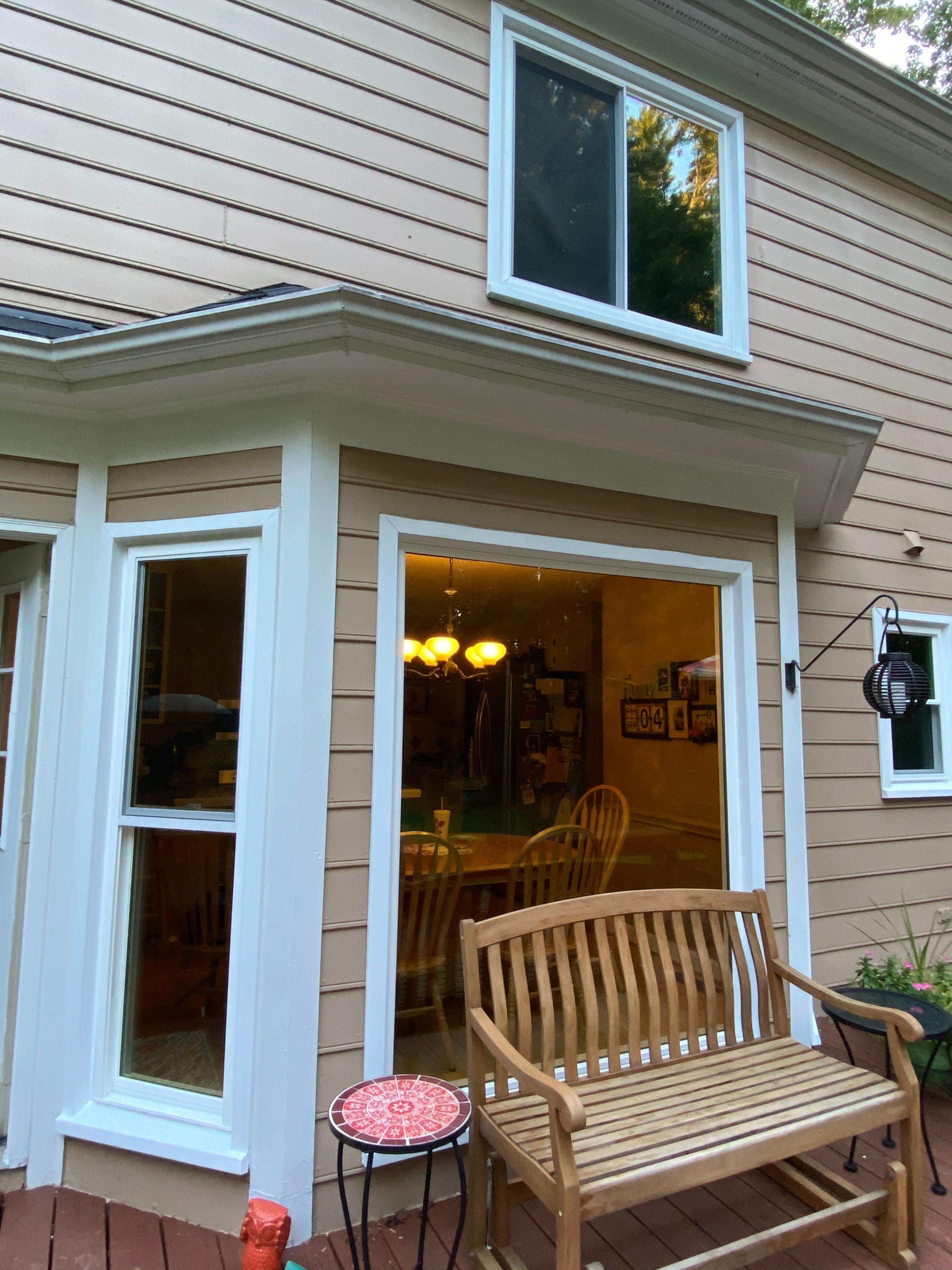
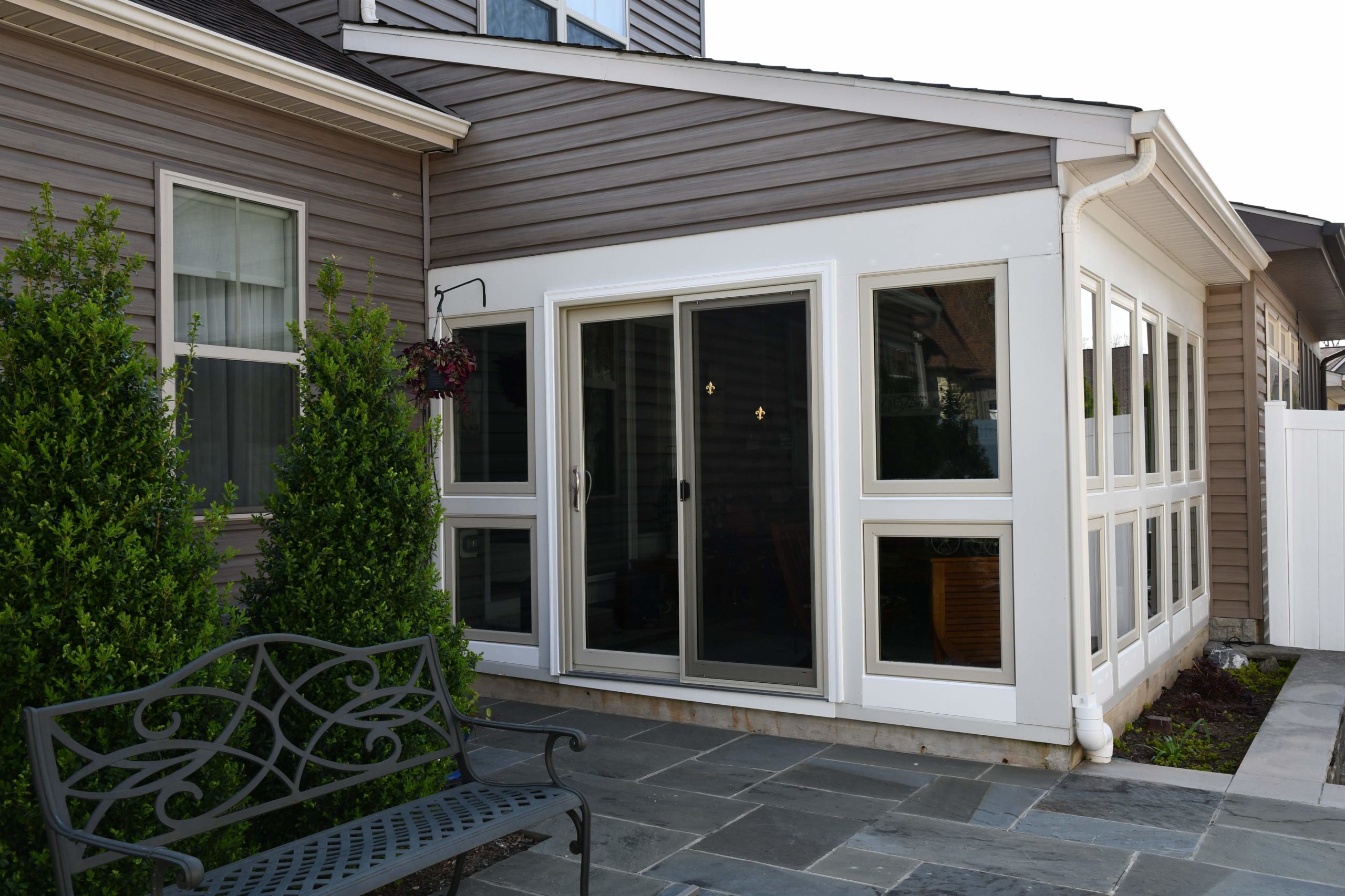

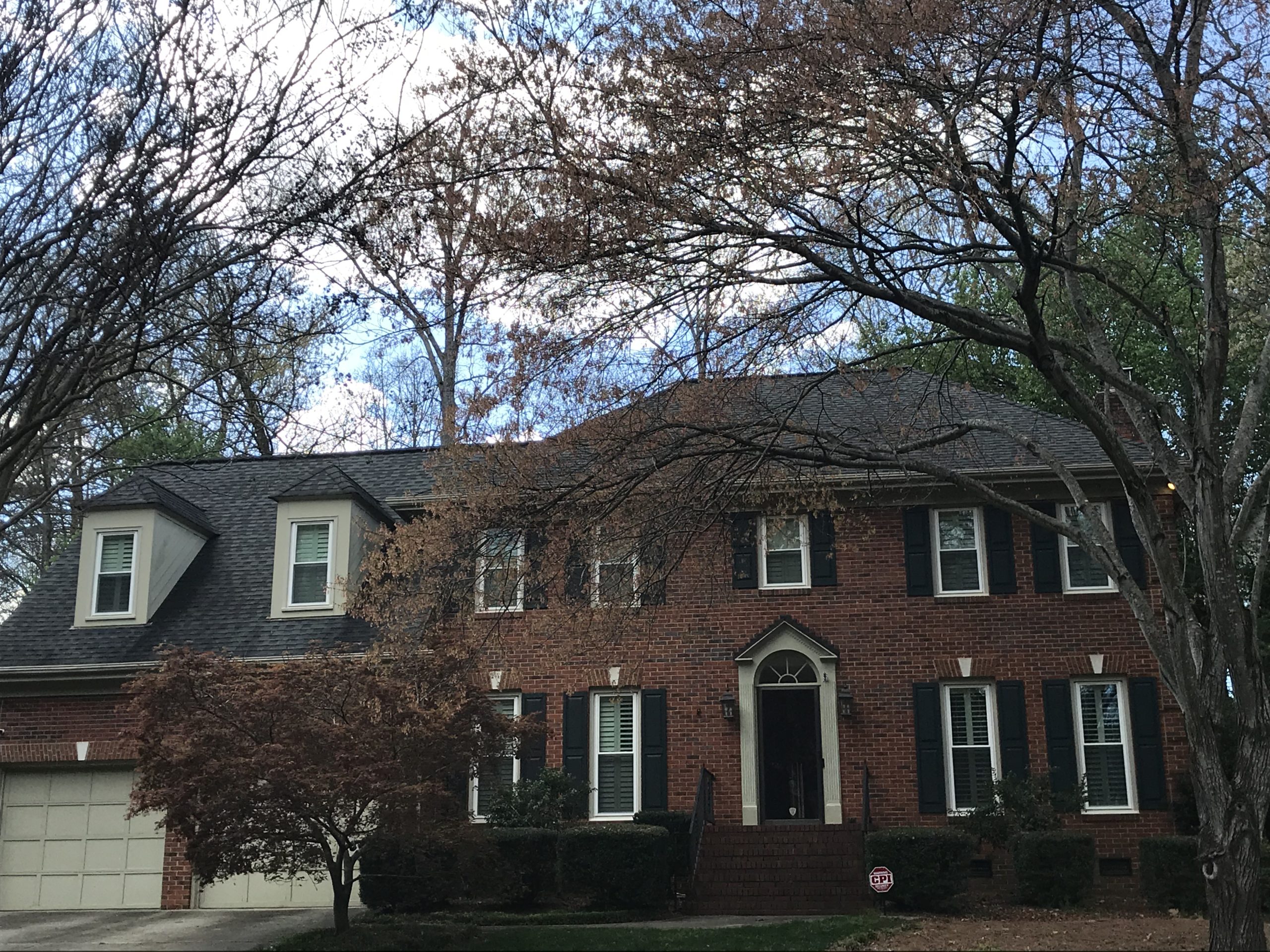
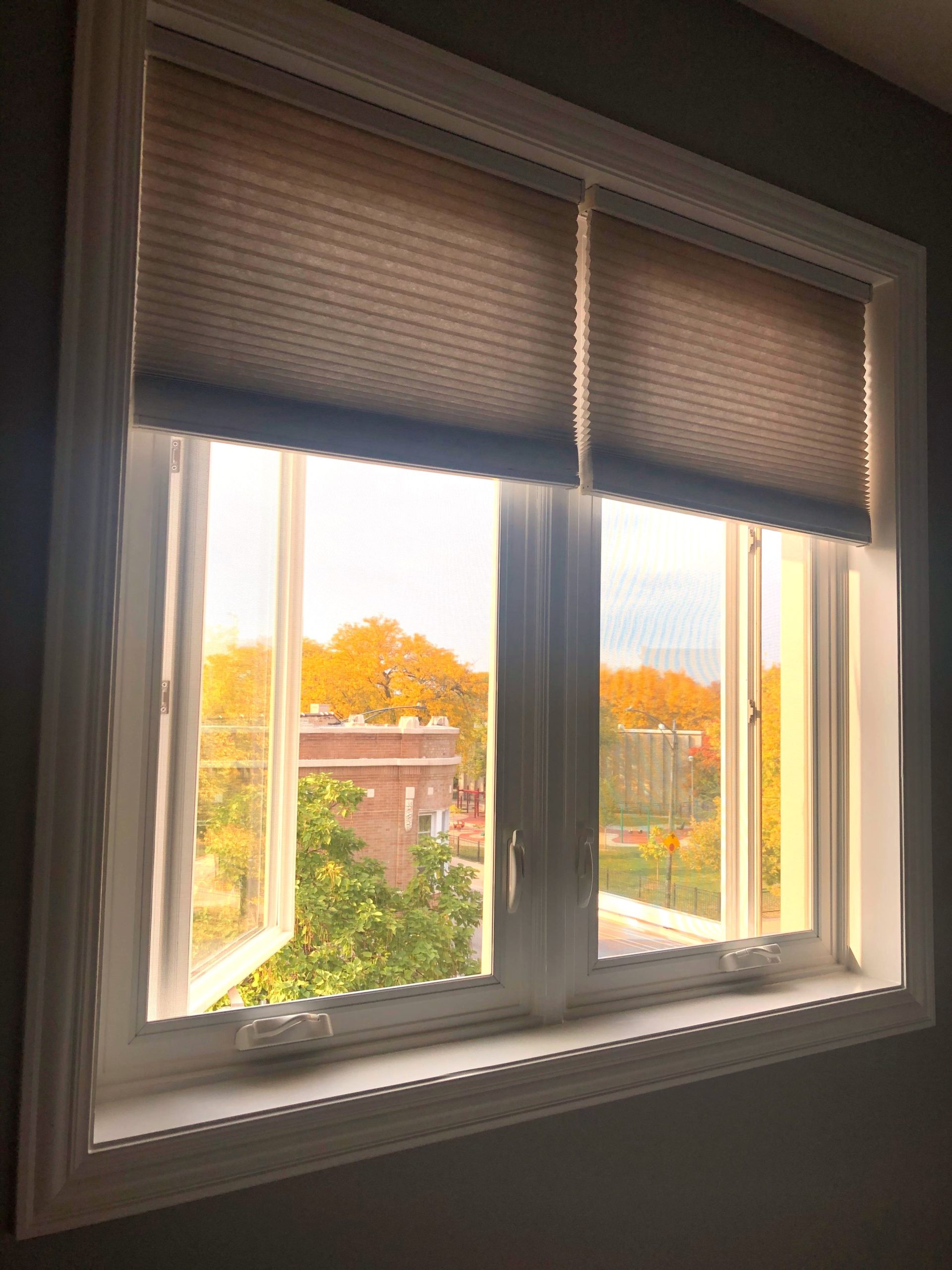
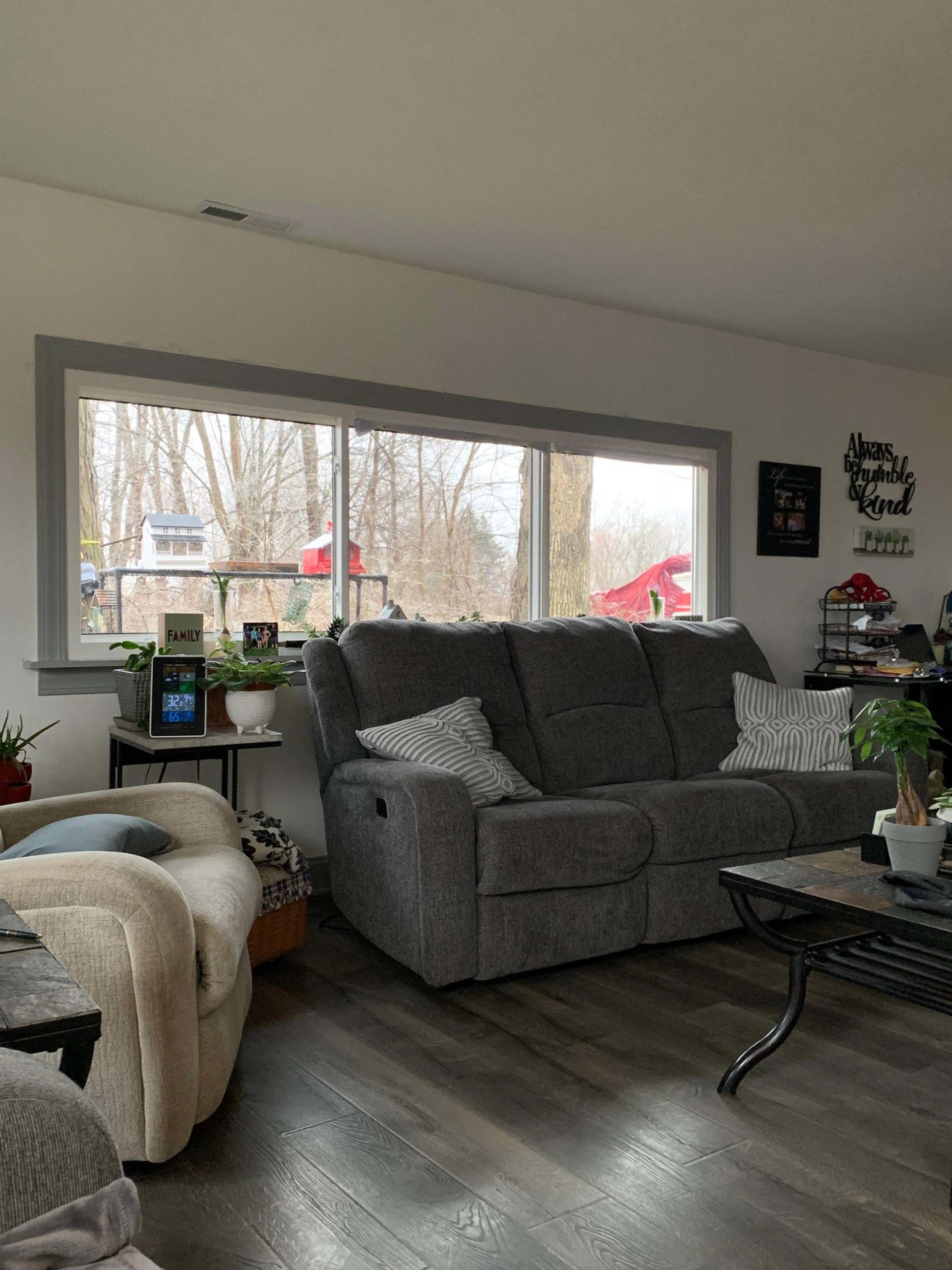
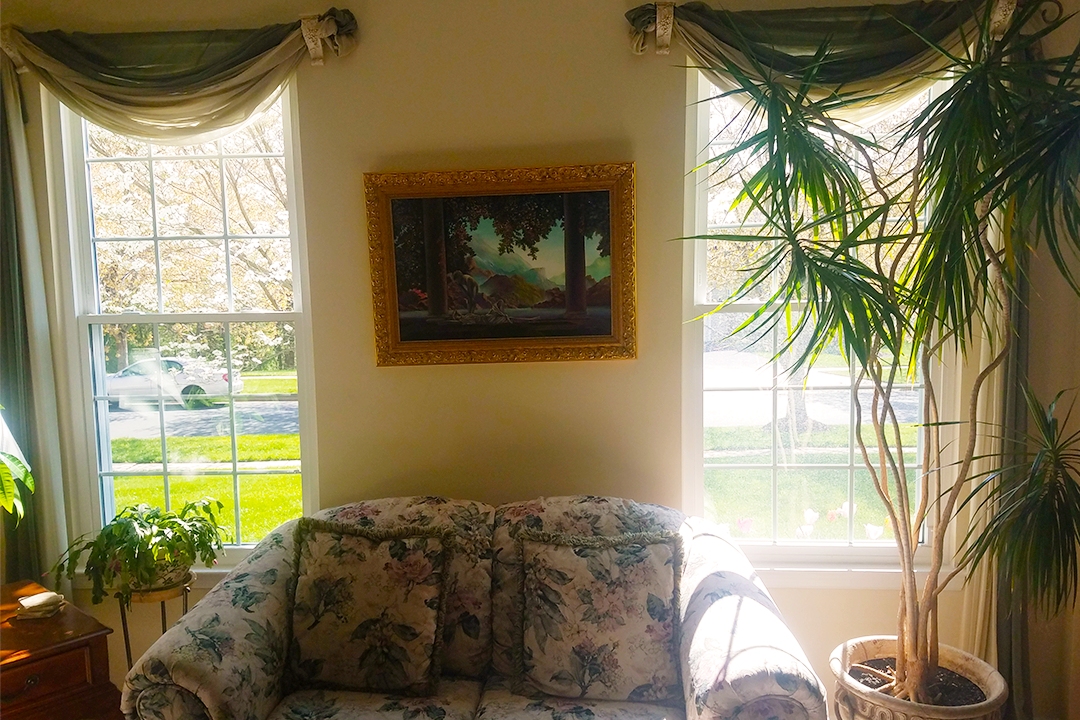

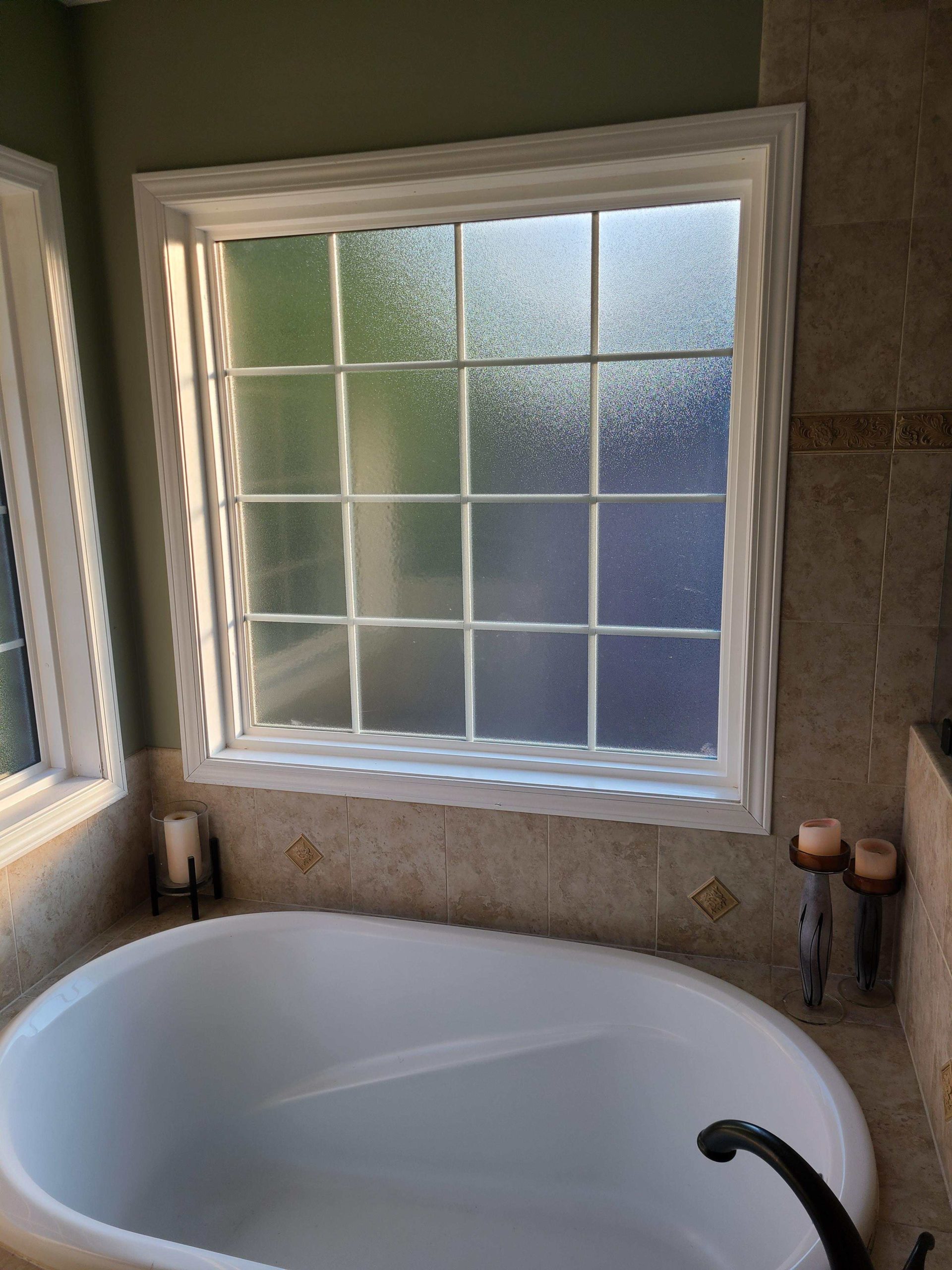


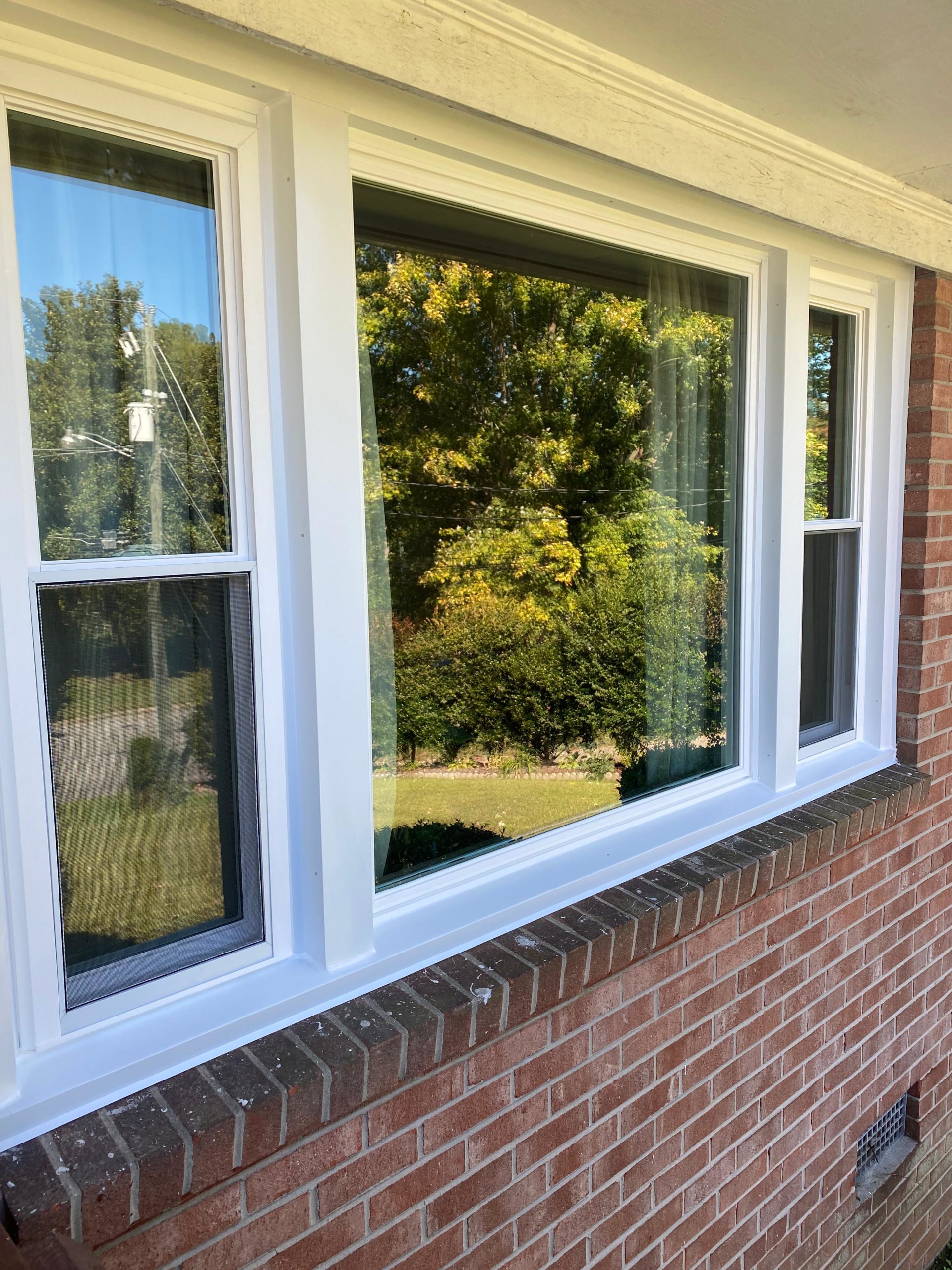
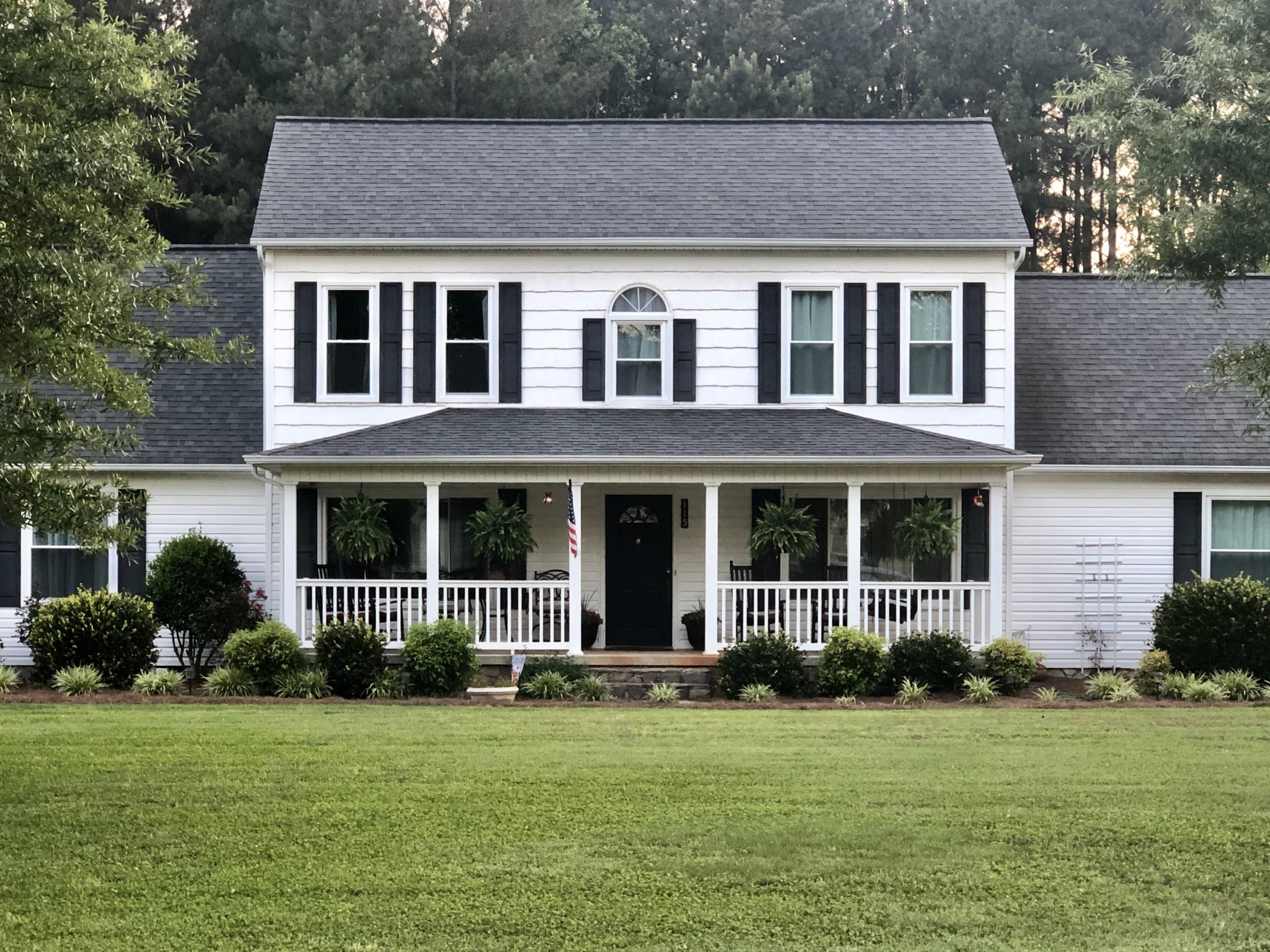
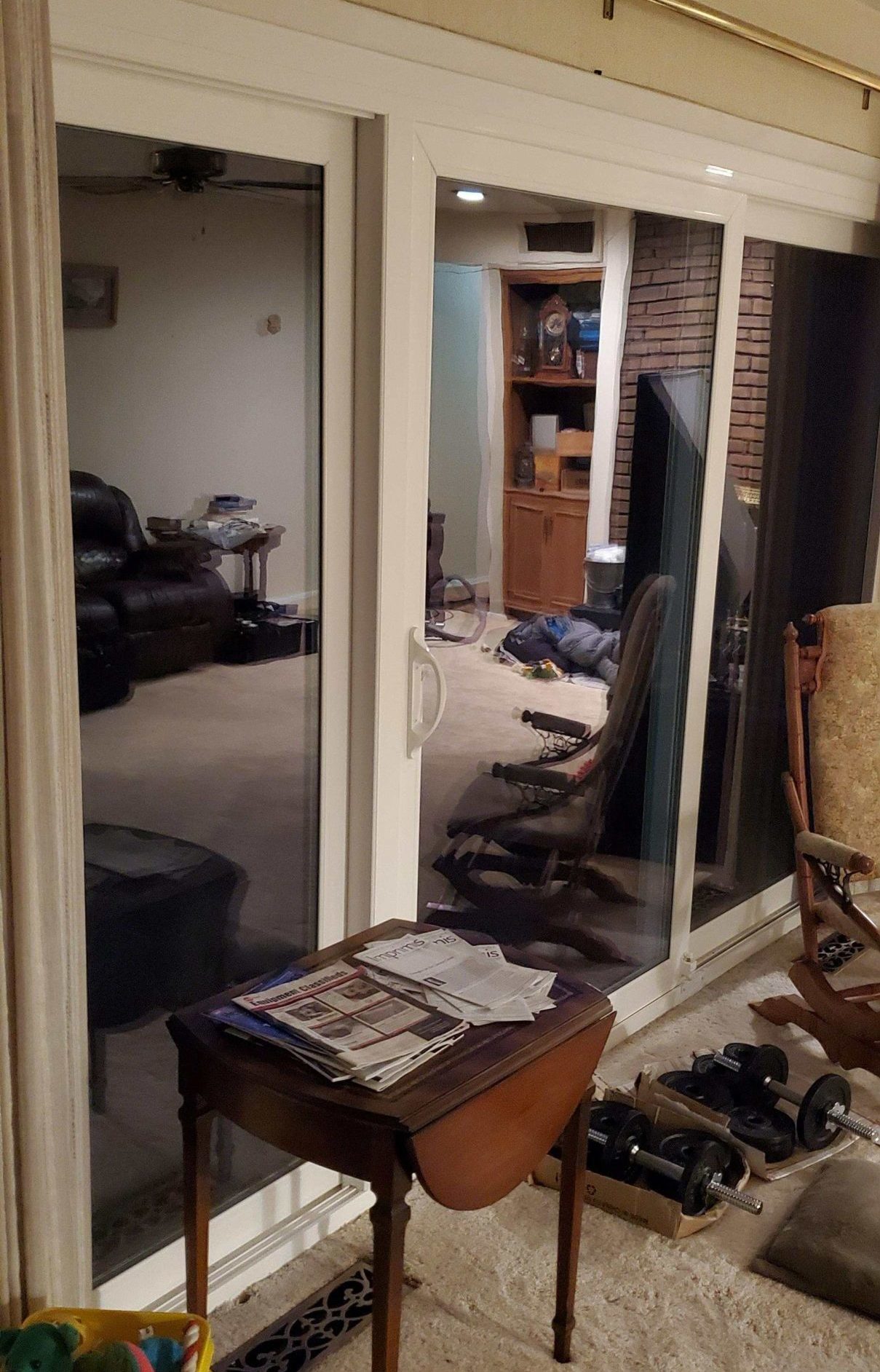

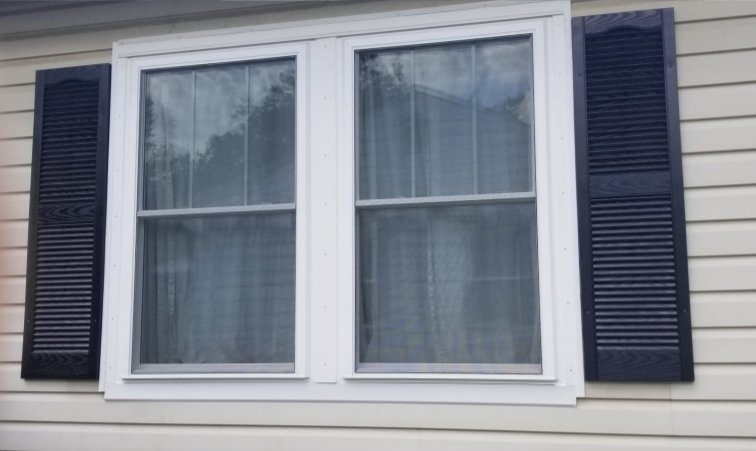
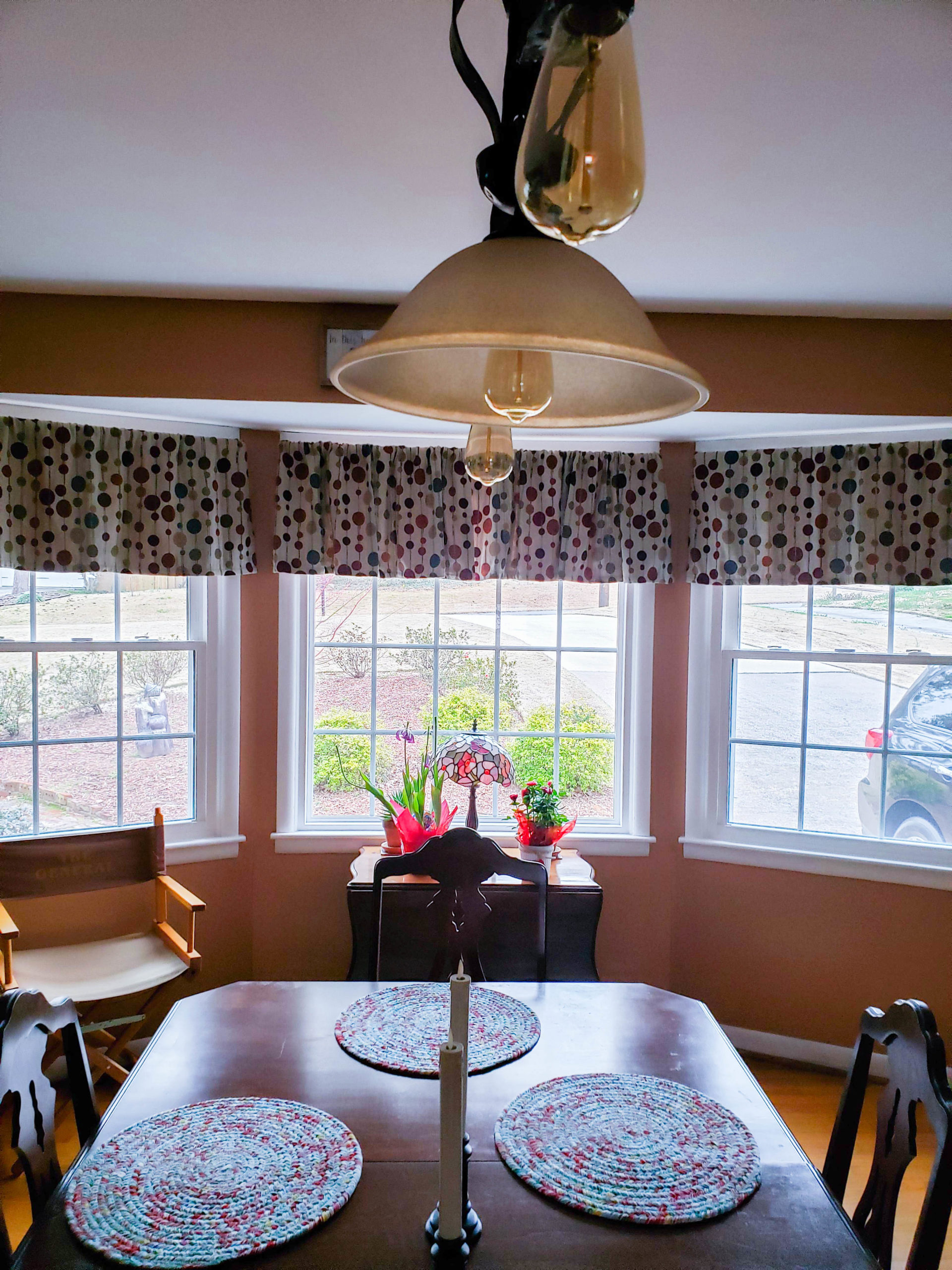
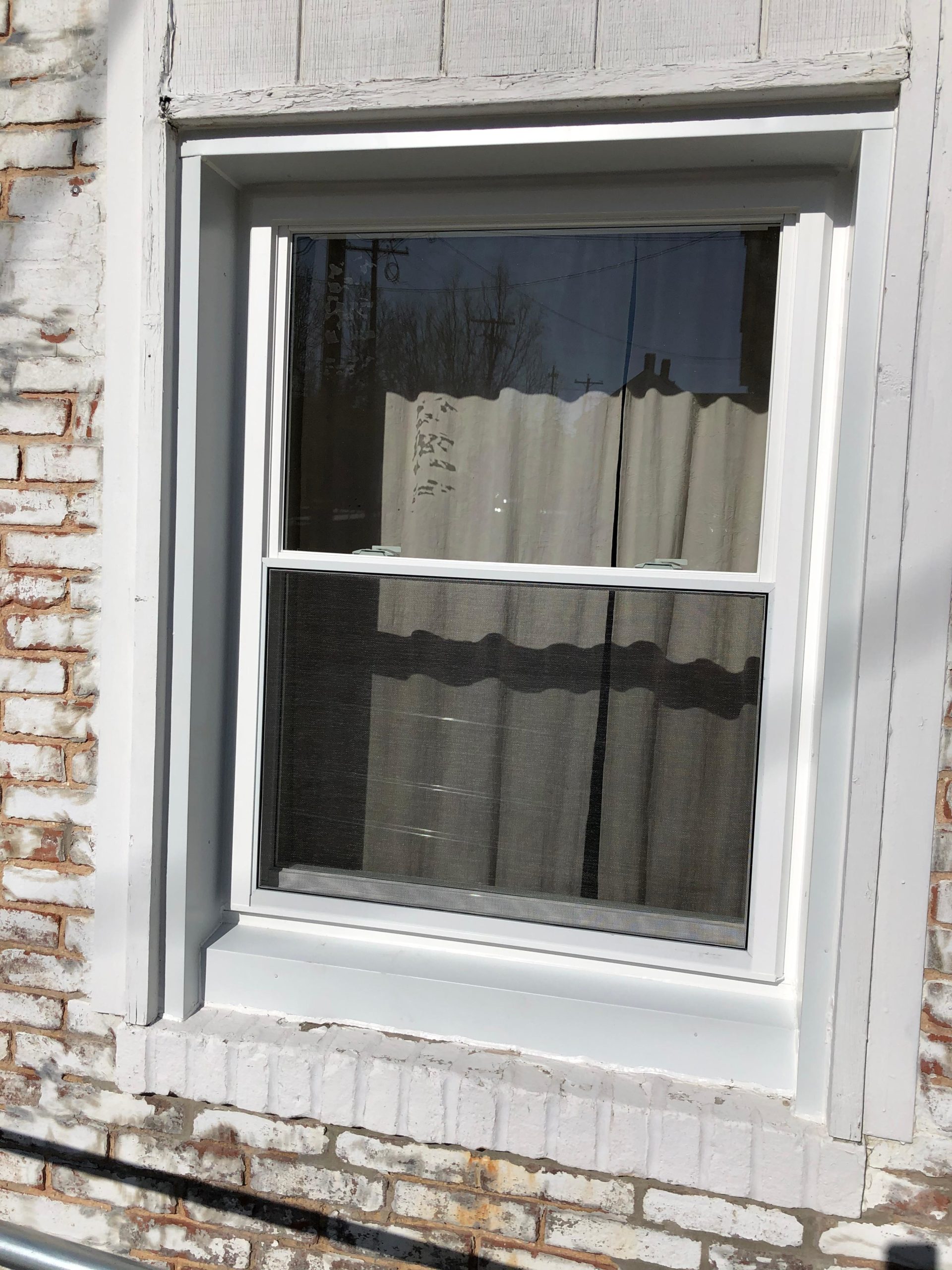
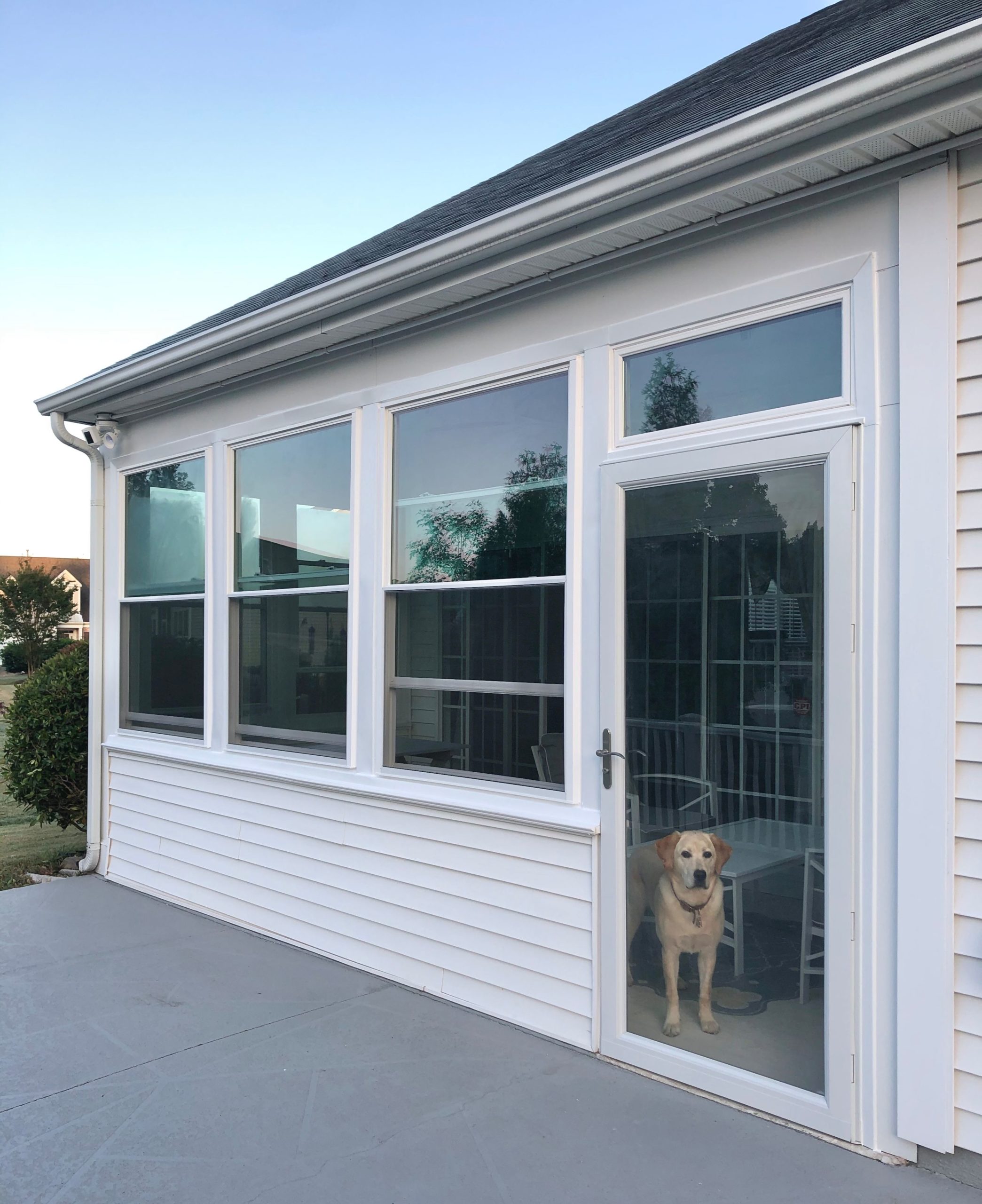
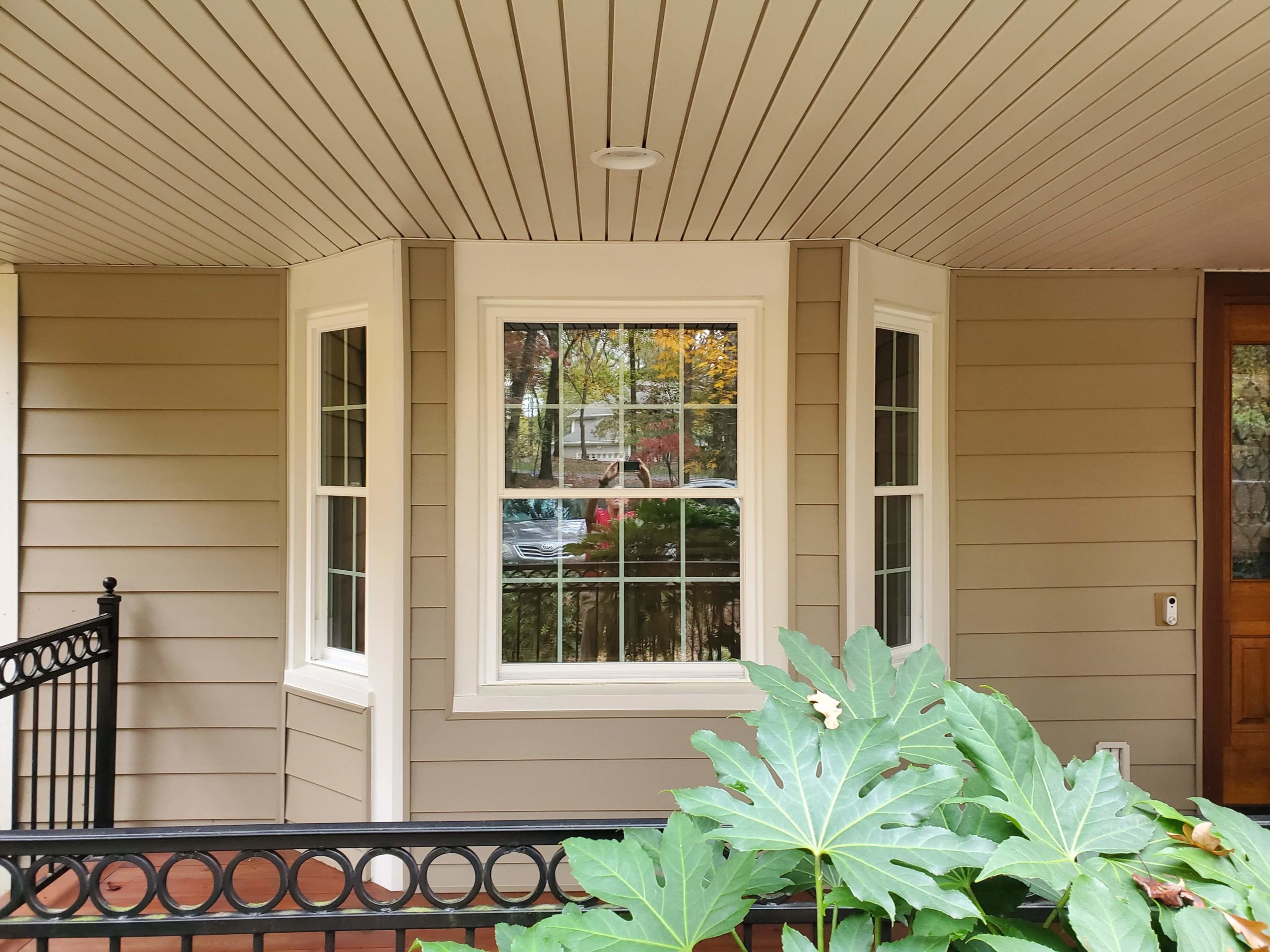
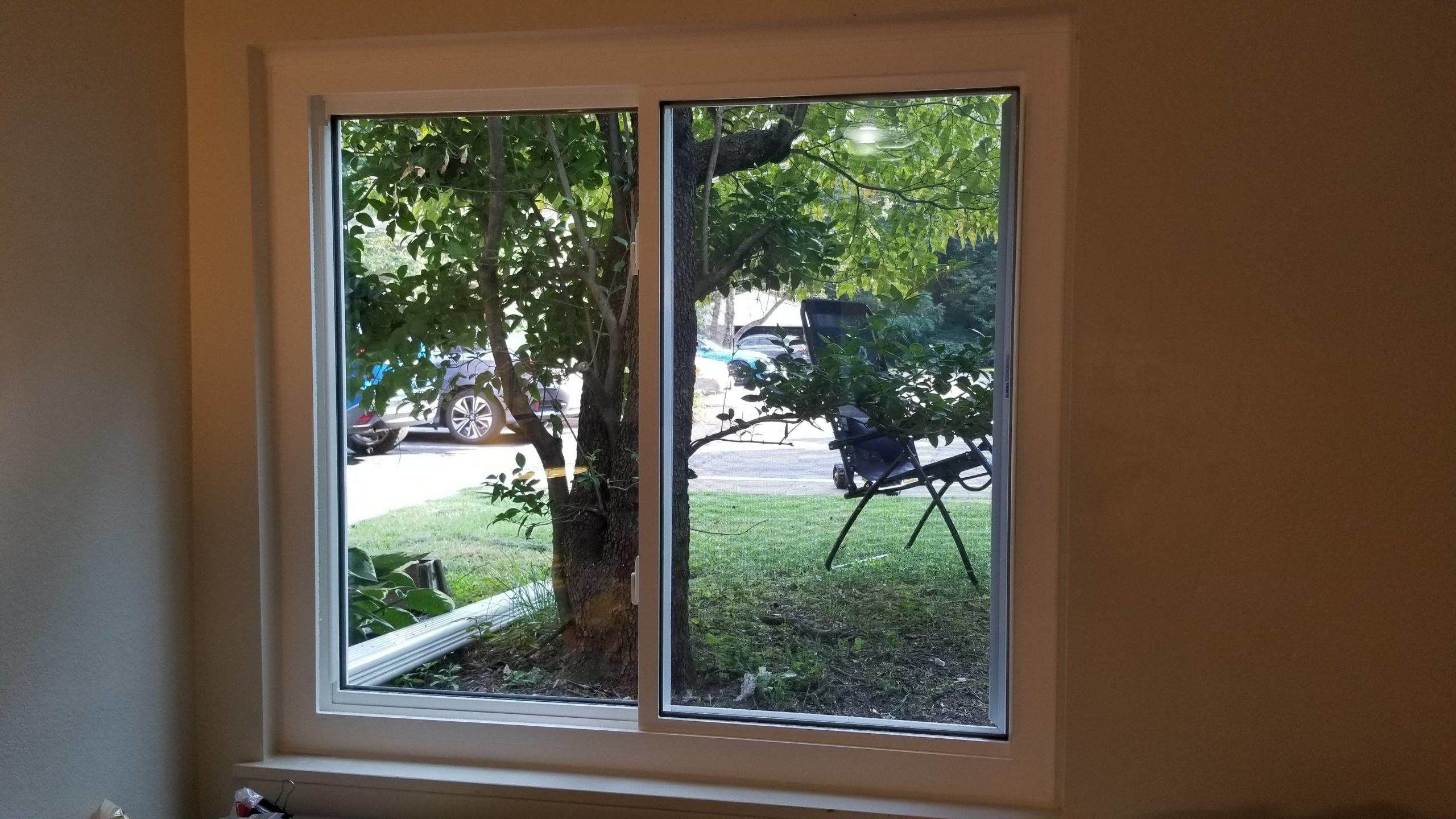
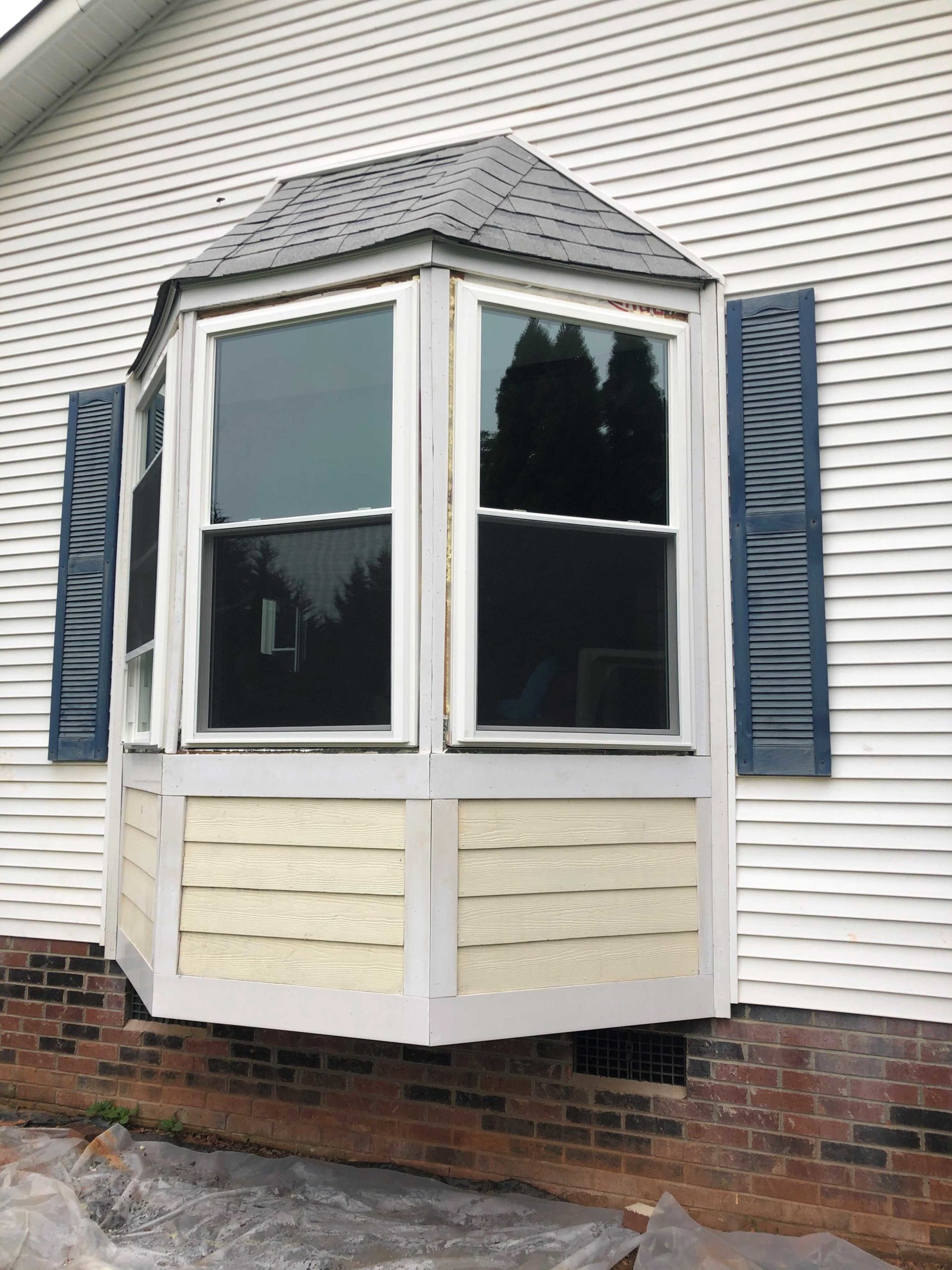
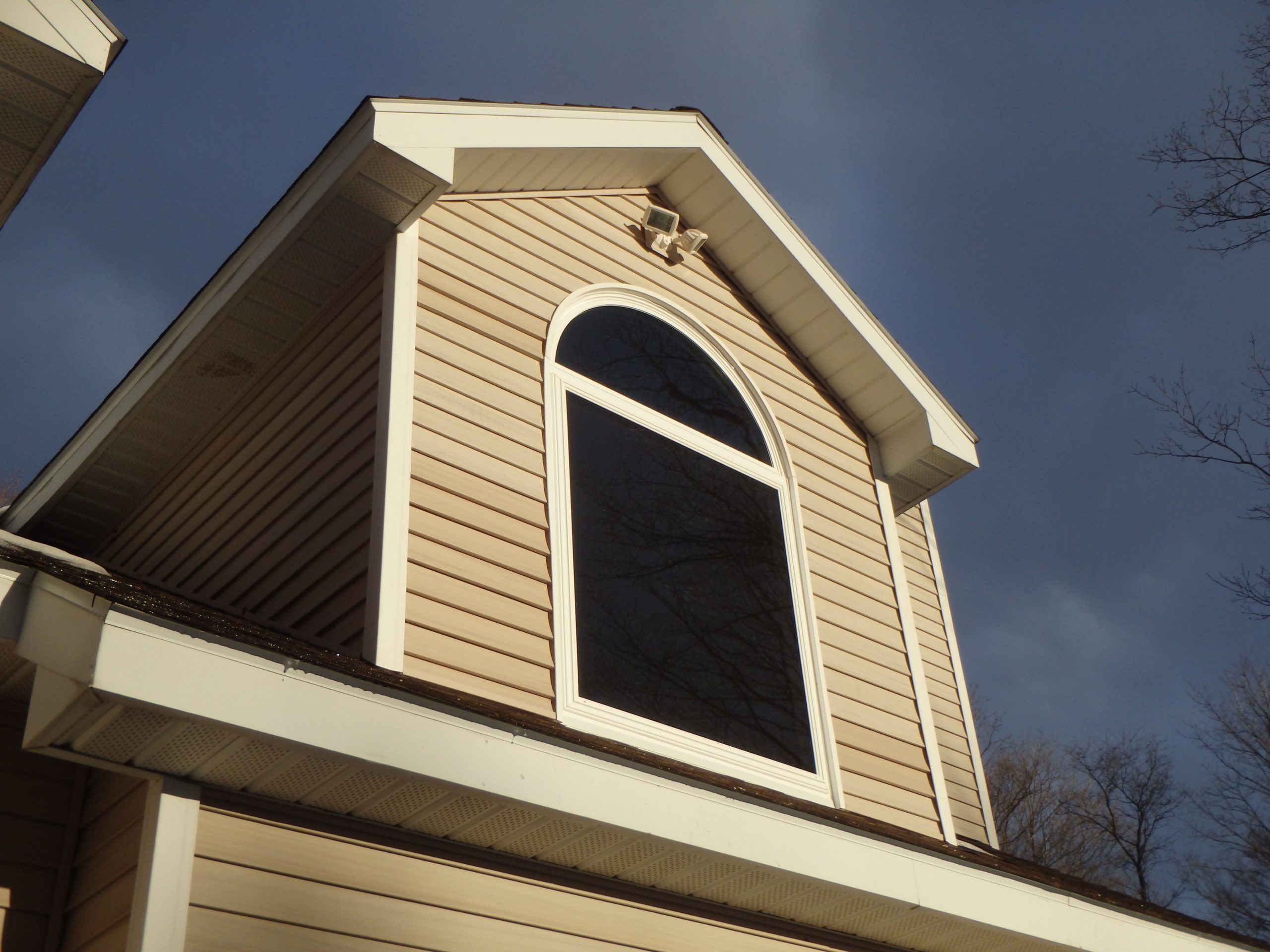
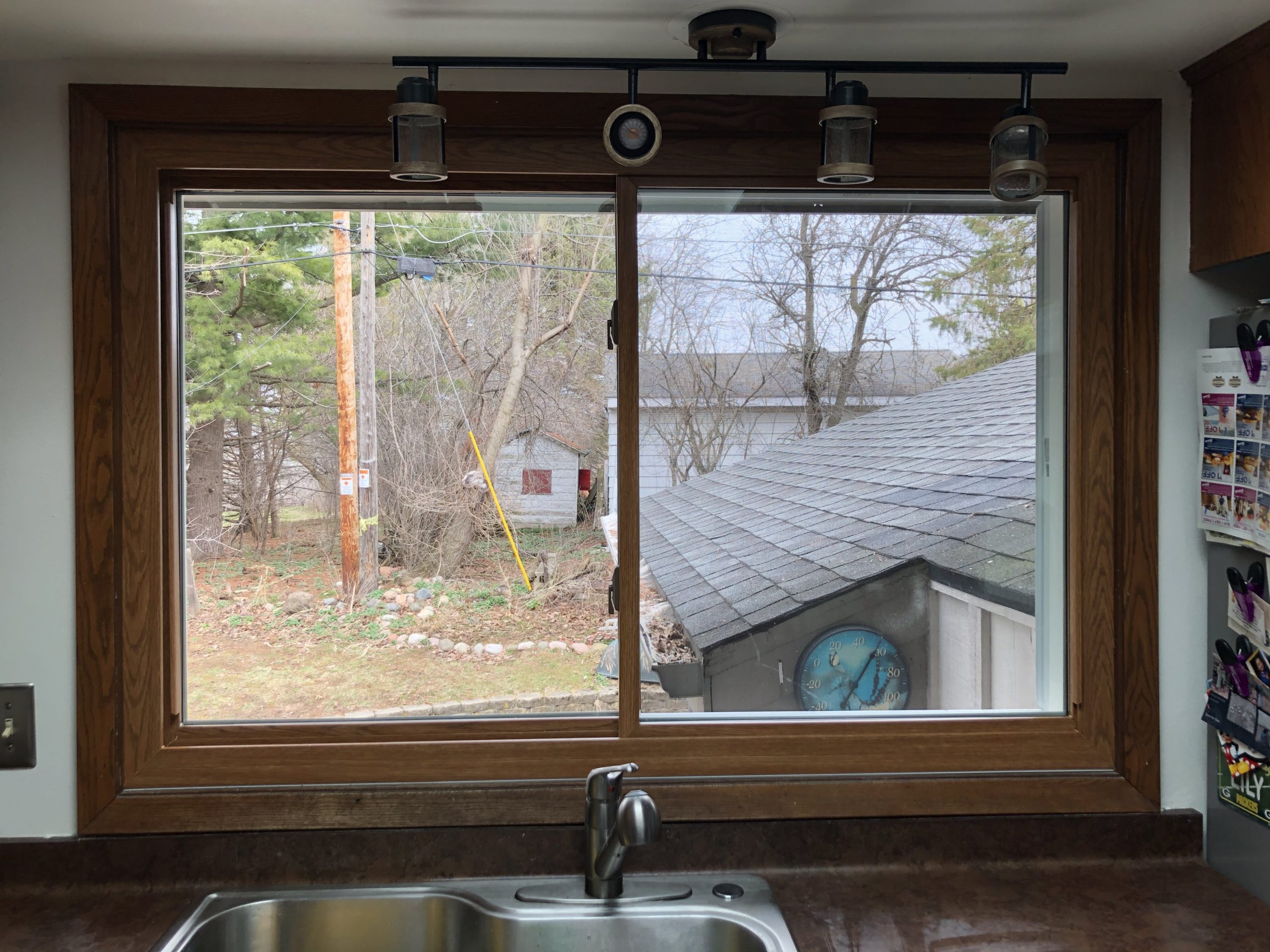
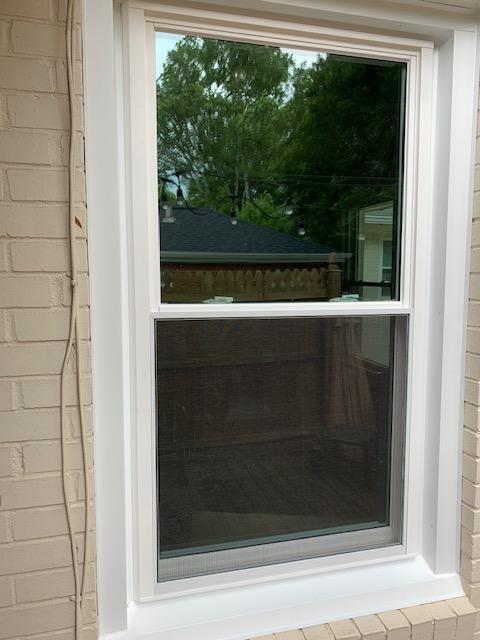
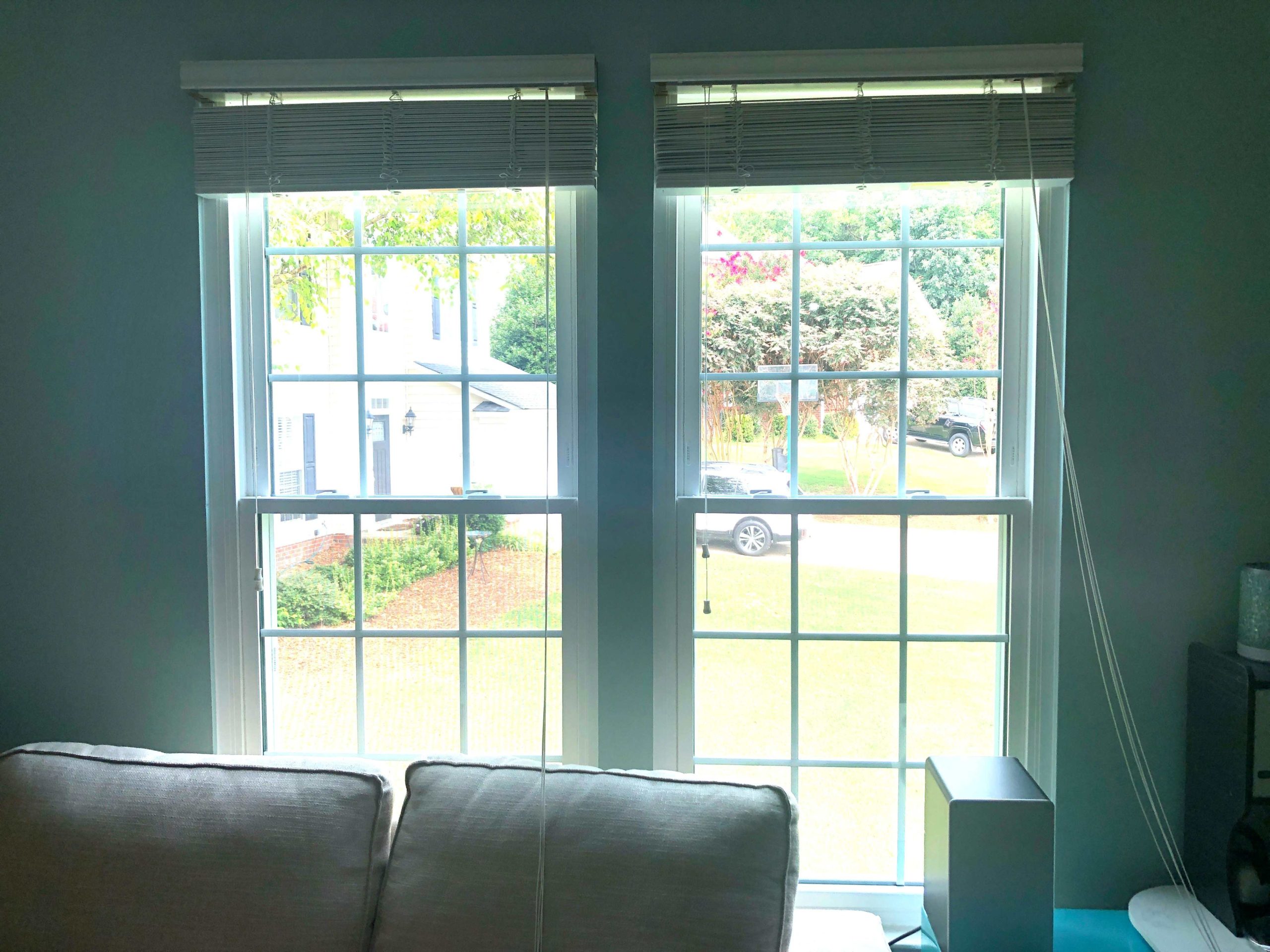
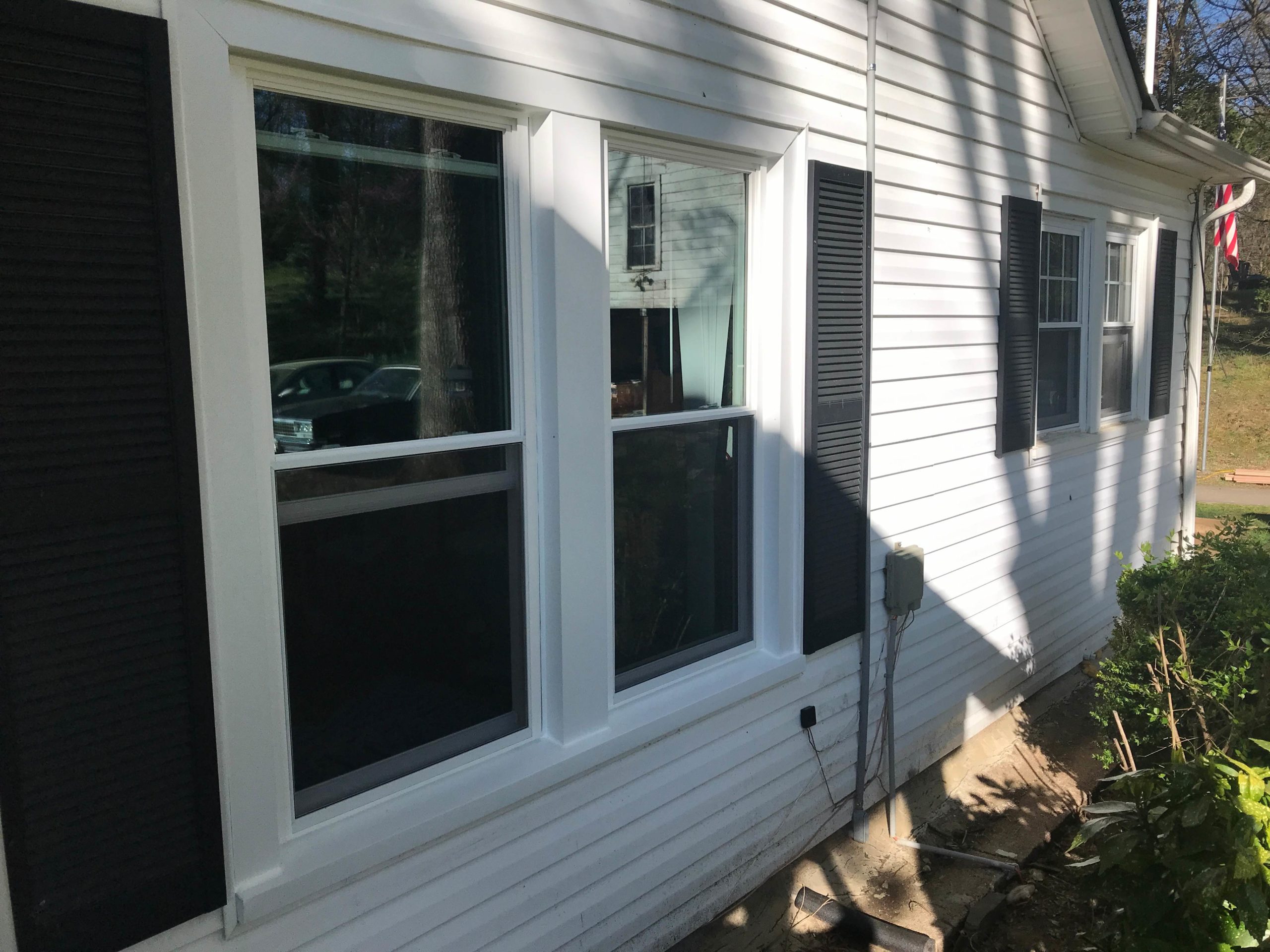
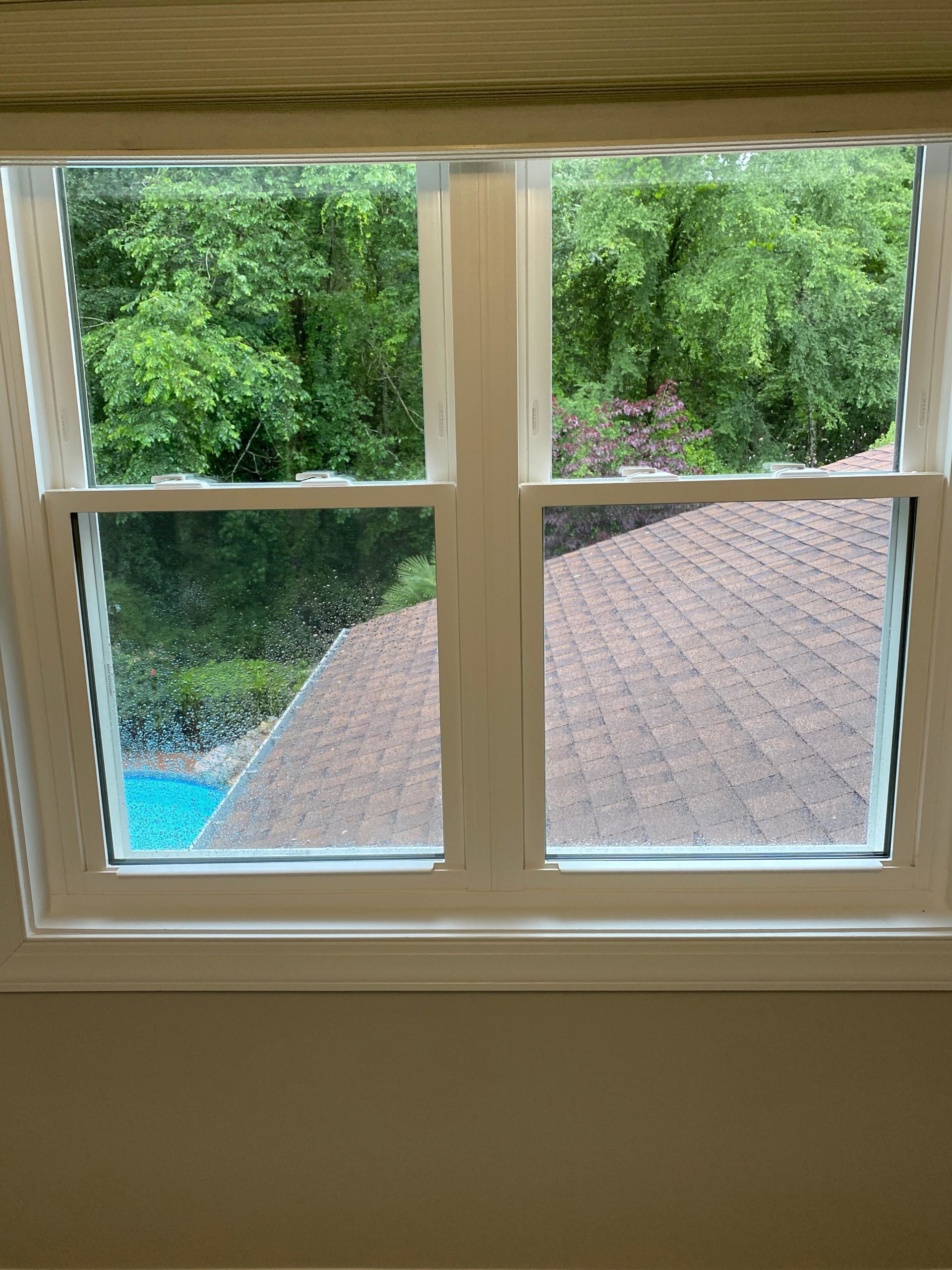
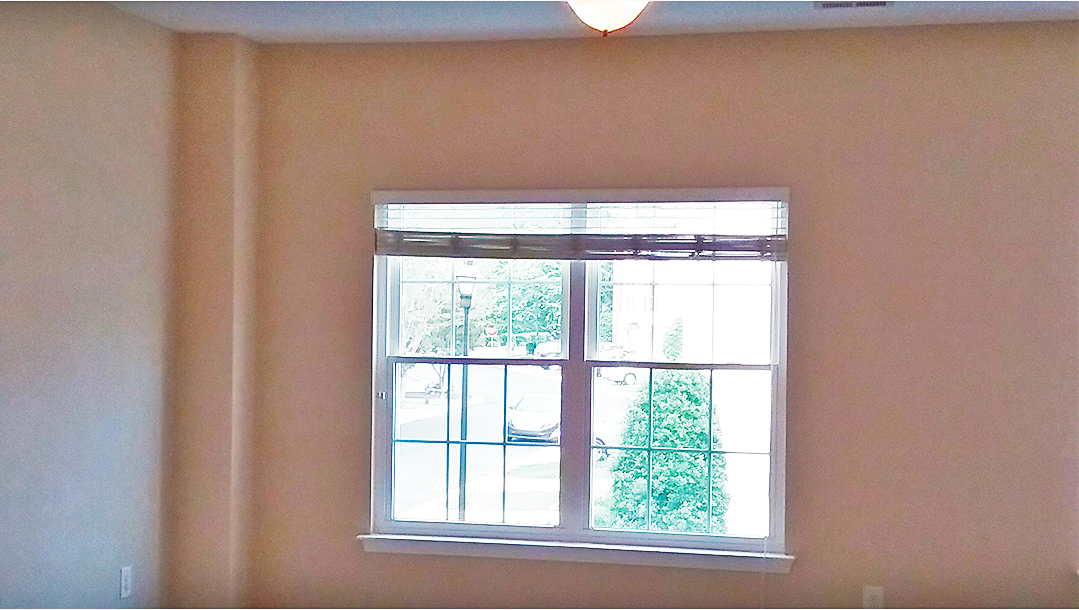

Dirty windows can reduce natural light, obstruct your views, and introduce allergens into your home. Cleaning your windows seasonally is important. SoftLite Windows and Doors

11th Consecutive year for this honor, ninth year as a Sustained Excellence Winner STREETSBORO, OH | March 2024 SoftLite Windows & Doors is proud to
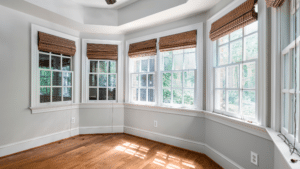
There was once a time when grids were used to hold multiple panes of glass in a window. Today, window grids are primarily used for
Fill out your info to receive your Learn the Basics Guide now.
Fill out your info to receive your Buyer’s Checklist now.
Fill out your info to receive your Window Replacement Guide now.
Fill out your info to receive your Cost vs Value guide now.